|
I was lucky enough to be the still photographer for my friend's short film, "Blind Date." Thanks Alex, for letting me be a part of it! :) If you'd like to use/post any of these photos anywhere, please make sure to list photographer credit! Thanks! :)
0 Comments
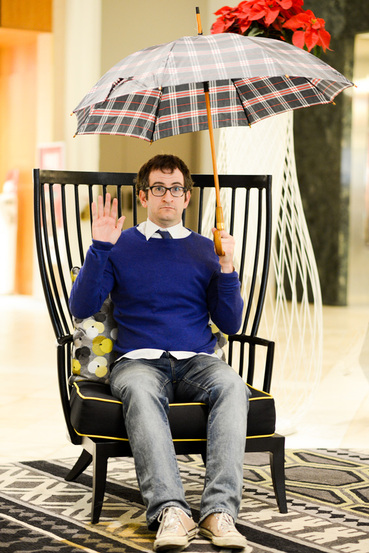 I first met Danny Jacobs in my Upright Citizens Brigade (UCB) improvisation class. It was a beginner’s class, but when I saw Danny get up on stage, I knew it was not his first time doing improv. In fact, I was confused as to why he was even in the class! But I’m glad he was, because watching his short performances became a highlight for me every week. He performed fearlessly, and was unapologetic and confident with the choices he made on stage – which, let’s be honest, if you’ve ever taken an improv class, is not the easiest thing to do. Later, I found out he, in fact, did perform with The Groundlings (another infamous improv company), and had his own two-person show. When I finally was able to make it out to see his show, The Understudies, I was blown away. It was one of the most impressive performances of any kind I’d ever seen! I knew I wanted to interview him as an improv actor, but I soon discovered that improv was just scratching the surface of his many incredible talents. I’m so honored Jacobs took the time out of his extremely busy schedule (as you’ll see!) to let us in on his journey as a creative in the entertainment world. Read on for a very entertaining and insightful interview with one of the most talented, hardworking people I’ve ever met, and find out why Chris Messina (who stars in his first feature film) punched a hole in Jacobs' wall! 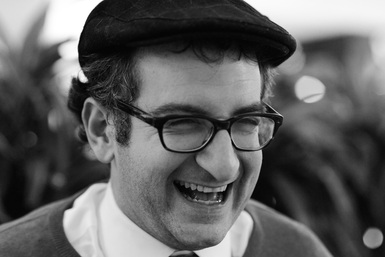 1) Can you tell us a little bit about yourself, where you're from, and how you got interested and involved in acting? I grew up in the metropolis of St. Louis, Missouri as a poor black boy. I have an older brother who is a prosecutor for the justice department. And pickles are my favorite food. Most of that is true. I didn’t get involved in acting until I was an undergrad at Stanford. Growing up, I was way too into academics and had almost no time left over for anything but the millions of clubs I was involved in. I was getting into movies as a teenager but wasn’t a performer in any way. Then, when I got to Stanford, on a whim almost, I auditioned for this thing called Gaieties – which is a student written, produced and performed musical that focuses on the Stanford – Berkeley rivalry. It’s a ridiculous show and it’s hard to call it “theater”. It’s more like some weird combination of burlesque, sketch and Kabuki. But I loved it and I basically spent the next four years doing as much acting as I possibly could – from Shakespeare, to Chekhov to everything in between. 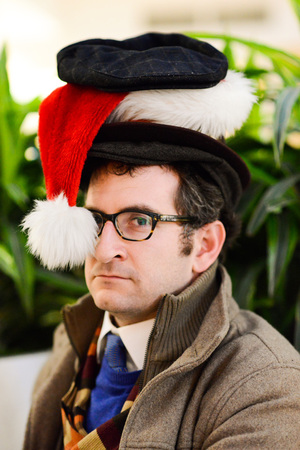 Jacob wears a lot of hats. Literally and metaphorically. Jacob wears a lot of hats. Literally and metaphorically. 2) In addition to being an actor, you are an improviser, writer, and director. Can you tell us how you got started in these other fields, and what are the things you like most and dislike about each one? Which one do you consider your main passion? At the end of my first quarter at school, I attended a show by the SImps (Stanford Improvisers), and was called up on stage as a volunteer for a type of short form game called “Standing-Sitting-Kneeling-Lying.” Even now, years and years later, I can recall that moment with such clarity. It was as if a switch turned on in my brain that had never been switched on before. I can recall the details of that scene with a frightening amount of detail. And I remember feeling an intense calm as the scene played out. I just instinctively knew what to do. And it changed my life. Creatively, it was a real fulcrum for my journey as an artist. I love the form with all my heart, though, and it can sometimes be difficult for me when I see improvisers that don’t respect the form. When I see jaded, casual, gaggy improv, it just disheartens me because it propagates this idea that improv is only about telling jokes or making people laugh, instead of what I view it as: a rival to great theater. I think improvisation can do anything that a great play can – it can make you laugh, cry and gasp. And when I see the bar set low, it really bothers me. Soap box over.
But the truth is that I don’t consider any of the things I do to be my “main passion.” Instead, each medium allows me to express a different part of who I am. The actor side of me is that child-like part, the vulnerable part that gets scared by the dark. The writer side of me is the neurotic side, the nail-biter and the nighttime thrasher. The director side of me is the daddy, the perfectionist and the boss. And the improviser is just the playful side, the mischievous part that used to get into trouble all the time for talking in class.
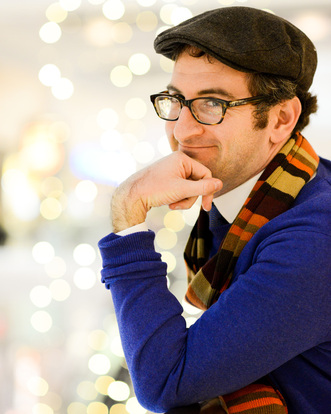 4) You're directorial debut was with the feature film, Humboldt County. What was your process in making the movie? When Darren and I got to Los Angeles after college, we started working on a script which we thought was going to be our first film. But we were having trouble getting inspired while writing at the Denny’s on Sunset at 2 AM surrounded by pimps and prostitutes, so Darren suggested we head up to Humboldt County in Northern California. He had family up there and thought we could get a cheap hotel room for a month, hole ourselves up in the redwoods, and write our faces off. It was a super romantic idea of writing and it worked, just not in the way we expected. When we got up to Humboldt, Darren introduced me to his family and I was immediately interested in their lifestyle and world more than the script we had gone up there to write. Darren’s uncle was a UCLA physics professor who had a mid-life crisis in the early 1980s and moved into the middle of the woods of Humboldt and started growing pot for a living while continuing his work in physics. And what we found up there was a whole little ecosystem of fascinating people who, for one reason or another, had abandoned the world. Some were aging hippies who had lost their way, while others were hiding from their past. And it just felt like the perfect world to set a film in – especially considering that we were always really inspired by films like Five Easy Pieces and The King of Marvin Gardens. So we put our original script in a drawer and spent the month putting together a first draft of what would eventually be Humboldt County. 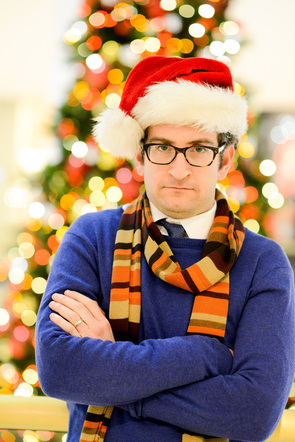 From there, it’s just the insanely difficult story of getting an independent film made. We had assumed, at first, that we would just make the film with friends for no money. But the script started to get some traction around town and eventually, through my acting connections, we got the script to John Jackson, who is the wonderful casting director behind all of Alexander Payne’s films. When he came on board, that gave us some momentum and we started casting while also raising money for the picture with Jason Weiss, who would go on to produce our first two films. We ended up with an insanely wonderful cast including Chris Messina (who is now, obviously, in every film and TV project that exists), Brad Dourif, Frances Conroy (who is a goddamn national treasure), the lovely Fairuza Balk, a brilliant child actor named Madison Davenport and an actor named Jeremy Strong. Jeremy played the lead and had never been in a movie before and the moment we saw his tape, we knew he was right. He was incredible. And though we had the opportunity to get a bigger name for the role, we couldn’t not hire him. And bless him, he’s now having one heck of a career and we feel like proud papas. The only other major cast member was Peter Bodganovich – who was a hero of ours. For the uninitiated, Bogdanovich is the writer/director behind some of the greatest films of all time and if you don’t know who he is, then I’m sorry you grew up in a cave. We shot the film over 18 days. Darren and I hadn’t directed anything before that experience (except for a couple of tiny student things) and it was harrowing and frightening and exhilarating all at once. In the end, though, we were so pleased with the final result. We did the only thing you can hope for as a filmmaker: we made the film we set out to make. Not everything is perfect about the picture, but at its core, it has the soul we intended for it to have. 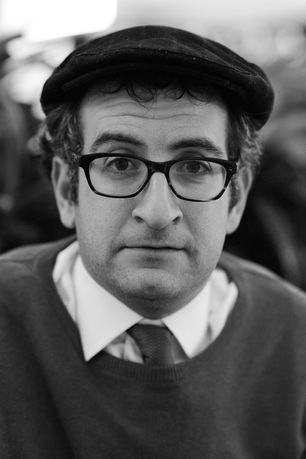 Humboldt County premiered at the South by Southwest film festival to excellent reviews and sold out crowds. It was really a dream come true and a few months later, Magnolia bought the film for distribution. Three weeks before the film came out, we called up Laszlo Kovacs, who is one of the greatest cinematographers ever to live and had been a mentor of ours for several years, and told him we wanted to get him together with Bogdanovich to view the film. Laszlo and Peter had worked together on many films but hadn’t seen each other in over 10 years. It was such a pleasure not only to show these two titans our work, but to provide an excuse for them to reminisce about shooting Targets in the 60s, and running away from the cops when they were filming illegally near the 405. It was an amazing night. And three days later, Laszlo died. He hadn’t been in great health, but it was still a shock. And I found myself listening to Peter do an interview on NPR talking about how he had just seen Laszlo, and the silver lining was that our first film was responsible for bringing them together one last time. 5) You have some pretty big names and amazing talent in your first movie. How did you go about recruiting the actors and crew for the film? Any memorable/funny experiences/stories you'd like to share from shooting it? 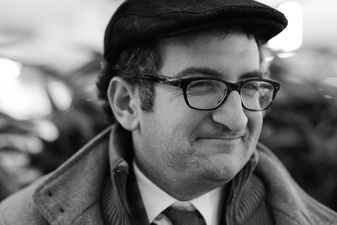 There’s so much we could say about that cast. Frances Conroy is like a jazz musician. Every take she does is brilliantly different and equally good. Chris Messina is one of those actors that can’t help but be truthful in front of the camera. Jeremy Strong has such a big heart that it fills up every ounce of the frame. Fairuza Balk is beautiful and enigmatic and can be both accessible and distant at the same time. Brad Dourif, in my view, has had a wildly unappreciated career, and is really one of our greatest actors. And then there’s Madison Davenport, who was only 9 when we shot the film and was probably the actor we had to give the least amount of direction to. Some people are just born to be actors and she’s one of them. The only other story that might be interesting to tell is that we had an actor attached to the role of Max, in the film, for about a year. And about three weeks before we were set to start shooting, we lost him. Darren and I were freaking out. And that’s when Jeremy Strong, who we had already cast, told us that the guy he was staying with out in Los Angeles might be good for the role. That guy? Chris Messina. He came in, did a kick-ass audition in which he punched a hole in my living room wall, and we hired him two days later. You must have serendipity on your side when making a film. 6) Tell us about your writing process. What are some of the most challenging obstacles about writing, and what are some methods you do to overcome them? Where do you derive your inspiration from? 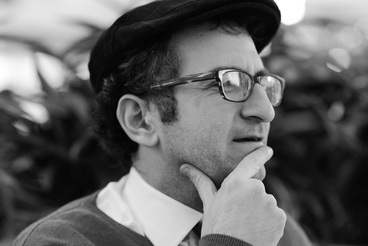 What I tell people who ask about my creative partnership with Darren is that the key to a good professional relationship is the same for a good romantic one: both sides must feel like they’re the lucky ones to be in the partnership. And if that’s ever not the case, it’s doomed to fail. The other key is that both people in the relationship must learn how to argue without ego. Darren and I met in utero, as both of our mothers were in the same Lamaze class. Suffice it to say, we’ve had a lot of time to develop our creative sensibilities together. So when it comes to writing, we’re generally on the same page when it comes to what we want to do. That’s not to say we don’t have arguments – we do. But it’s all in service of what will make the best story. Our process is that we first get together and talk. We spend months working out a strong outline for the piece and then, and only then, do we start writing. When we do, we split the outline up and write separately, sending our drafts to each other and rewriting our own work. My main obstacles for writing are the same obstacles most writers have – I hate it and I love it all at the same time. Getting started is always a bear. I’ll usually browse the Internet for several hours until my guilt and shame overwhelm me and I finally open Final Draft. My other two keys to writing are showers and running. Whenever I’m stuck, I’ll try to either take a run or take a shower. Both activities allow my brain to work on a particular problem without focusing on it head-on. I also get really clean. 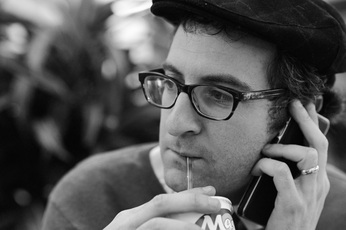 7) I know the day-to-day schedule changes rapidly for creative professionals, but what might a typical day look like for you? Do you have any routines that you try to stick to maintain some sort of consistency, keep productive, etc.? Oh, man. My days are completely ridiculous and lack consistency of any kind. Right now, I’m writing on a pilot so I’m in the writer’s room (and really shouldn't be answering these questions), so my day is pretty regimented. But most of the time, I’ll get up around 9 AM or so, futz around on the internet for a while and then get down to start writing by about 10:30 AM. I might have an acting audition or two over the course of the day, so that’ll break up my writing time, and then I might have rehearsal with Seth or something at night. But depending on what’s happening in my creative life at any moment, that could change.  8) It’s difficult enough to build and manage a career in one specialty in this industry. How do you balance your time and efforts between acting, improving, writing, and directing? It’s tough and I don’t really have a “plan” per say. I just kind of prioritize whatever needs prioritizing on any given day. If I’m on an acting gig, then that obviously takes priority, but I’ll often sit in my dressing room or trailer and write whenever I’m not on the set. If we’re gearing up to shoot a film, then that obviously is the priority and everything else sort of recedes into the background. Thankfully, in terms of improv, I’m lucky to have a great producer, Jordan Bogdanovage, who helps Seth and I get everything done so I can just focus on the creative side. And that’s the same with the producers I’ve got for my films. It’s that support network that makes the balance possible. 9) What are some goals you have for yourself in the upcoming years, and what do you do to try and reach them? I’d love the career of Mark Duplass. He has a thriving acting career while he also makes great, and personal films with his brother. I’d love to be in that position. I’ve written and directed two feature films but at a pace that’s way too slow for my tastes. I’d love to make a film every other year or so while acting in other people’s projects in between those efforts. 10) Tell us about your newest film. How long did it take you to complete it, and what were some different challenges you encountered in making it, as compared to the first? What are some lessons you learned from doing the first film that you applied to the second to help with this? My new film is called Growing Up and Other Lies, and it stars me, alongside Adam Brody, Josh Lawson, Wyatt Cenac and Amber Tamblyn. Additionally we have some really great actors in supporting parts like Scott Adsit, from 30 Rock. It’s a comedy about four friends – who all live in New York – and decide, on the eve of one of them moving out of the city, to recreate their greatest adventure, which is to walk the entire length of Manhattan from the northern tip to the southern tip in a day. It’s a road trip movie on foot as they meander down the island and it all takes place over 24 hours. It’s a comedy, but a rooted, grounded one in the vein of Diner. Compared to our first film, this one had a whole set of new challenges. First of all, instead of shooting in the middle of the woods, we were in the middle of Manhattan – which is its own beast. Second of all, because of the nature of the film, we had 57 locations to shoot in 18 days. We almost broke our location manager (and our production designer for that matter). So it really felt like an entirely different kind of project than Humboldt County. But I’d say the biggest difference for Darren and I was that we were just more prepared. We came into this project knowing what we needed to do to be prepared to shoot fast and loose. There was much more improvisation in this picture than on our last picture, and the fact that I play a lead role in the movie was an added challenge for us. But I’m so pleased with the final result. We’ve been playing the festival circuit the last few months and I’m really excited to announce that we’ve sold the film and it’ll be coming to theaters and Video On Demand on March 20th of 2015. So please look out for it! Indie films need all the help they can get. (Check out their new blog for the movie, where Danny and Darren discuss more in depth of how it was made and the process throughout: http://growingupandotherlies.tumblr.com)
Facebook: - Darren and I have a page: www.facebook.com/darrendanny - The page for our new movie: www.facebook.com/growingupandotherlies - My improv group’s page: www.facebook.com/understudiesimprov Thank you so much, Danny, for giving us this incredible insight into your thriving career!
I know he's changed my outlook on improv. Leave a comment below if Jacobs has personally inspired you somehow in the past, or if his story has motivated you to do something for your career - we'd love to hear it! If you know me, and are also an actor, there's a good chance you've heard me talk about one of my favorite acting podcasts, Inside Acting, which I've been listening to for over a year. If you haven't, and you're an actor (or not), you should get on that shizzz immediately.
Well, I was fortunate enough to be able to work on a short film over the weekend, created by one of the podcast's host, Trevor Algatt. I couldn't have asked to work with a better team! Amazing actors, and crew, and all such professionals. Here's photos from the shoot. Thanks to everyone involved (Trevor, Drew, Alex, Tim, Lora, Deborah, Chase & Paris) - and especially Trevor for having me on the shoot! :) Here are some photos from a fun shoot I just "worked" on. I put those in quotations, as we were at the Santa Monica beach and pier, and had to take pictures of ourselves the whole time. Hard work, I know. ;) Working on a beautiful location, with professional, fun loving, hilarious, talented people - these are the days I LOVE as an actor.
Thanks to the AMAZING Undercurrent Media team (especially Aina & Bru for casting me, haha!), and my fellow Asian bruthas and sistas. We look like an up and coming Asian band. Looking classy, even while seemingly homeless on a park bench. ;) *Update: You can see the :60 second version of the video on my video page here. The :30 second version is posted on the Head & Shoulder's facebook page. You might not (yet) recognize the name Adam Patch (no, not Patch Adams), but there’s a pretty good chance you recognize his work. Patch is an incredibly talented director, designer, and animator. He’s been directing for several years, working with some of the biggest companies and brands such as Starbucks, Comcast, Twitter, Paypal, Dockers, and even the 4 hour guru of...well, everything, Timothy Ferriss. However, it wasn’t until Patch created an animated video from a joke his wife told while inebriated, that catapulted him to the top of people’s radar. 8. Your "Two Chips" video went viral, from an adorable joke your wife told. How did you come up with the idea to animate it, and how long did it take to complete? What do you and your wife think of the attention it’s received? Haha, yeah, that was pretty crazy. And it’s really funny that it’s gotten so much attention. It’s weird because I’ve been working in the industry for years, but THIS is the one thing that puts me on the map, hahah. I had the recording of my wife telling the joke on my phone for a few months. I would listen to it every once in a while just for a laugh, and I think it had become a bit of inside joke within my family. I had some down time between jobs and wanted to do something just for fun, so I started working on an animation for it. I don’t think I put this together at the time, but, looking back, there’s two things that directly influenced my doing that. One is the popular “Drunk History” series which is an obvious comparison. The other was this fantastic video I found on Vimeo a while back called “The Scared is Scared.” I just loved how she took that “drunk history” style and applied it to something so innocent with such a creative approach. 9. How much does animation factor into the projects you work on? Depends. Sometimes I do a fully live-action piece where there’s not a key frame of animation involved at all. Other times I’m doing a fully animated thing where the entire piece is just motion graphics. I think of animation as just another tool for the job. It’s all about telling the right story or selling the right product - sometimes animation works better for that and sometimes it doesn’t. Since I have an animation and design background, I think sometimes my mind just gravitates naturally towards incorporating some kind of animation into the story-telling process. 10. What has been your favorite project you’ve worked on and what made it so memorable? Do you have any crazy stories you remember about a particular shoot? One of my favorite projects was a series of 4 spots I did for HP several years back (Here’s my favorite of the four: http://www.adampatch.com/hp-reimagine-roi-chicken). It was one of my first “big” directing jobs. The agency only had a script and said, “Each one has to be focused on a different color” – and I just got to run with it. I got to come up with the entire creative concept, and board it all out, and see it all the way through. In the commercial world, this is pretty rare - there’s usually a pretty specific brief already, sometimes even the storyboards are already done. So it was very fun to be able to come in, and, from square one, just do everything, and then pitch my original ideas to the agency. It was also one of my first shoots that really had extensive production design. I just fell in love with it. I would do some mock-up in Photoshop, and the next day it was just there on set. It was a very cool feeling to have something in your head just instantly manifest like that. I don’t know if this is a particularly crazy story, but, on that shoot, we had to film a couple shots of a chicken. Throughout the day we would hear it doing all this loud squawking and clucking, and the chicken wrangler was like, “Oh yeah, she’s just laying another egg.” I guess I was ignorant to the whole thing, but I had no idea that chickens could lay multiple eggs in one day. 11. What do you love most about being a director? I like the challenge of finding a balance between selling something (or giving the client whatever they want), and actually making something that I really like and am proud of. It’s always a creative challenge and I like that aspect. I love the feeling of having some random idea in your head, and then, putting all these moving pieces together, to make that idea into a real thing. The whole process is always different with each project; it’s like a big puzzle that never gets solved the same way twice. 12. What are your career aspirations, what would you like to be working on in 5 years? Short term, I’d like to just keep moving up the commercial director chain: get bigger and better jobs, and get to the point where I can be really selective of which jobs I want to do. Long term, like I mentioned, I want to do a feature. In 5 years, I’d better be close to doing that. 13. What are your favorite things to do when you're not working? I love eating and drinking, haha. I’m not obese, I swear. My wife and I love trying new restaurants and bars, and just finding new places to go. Second, I’d say traveling. I love working freelance because it’s easy to just take time off when I want to do small little getaways. 14. If you could give any advice to people who want to follow in your footsteps, what would you tell them? I guess I’d say to make sure you just keep doing the stuff that you like. Stay hungry, and keep pushing yourself! It’s easy to get swooped up and start doing a bunch of work just for the money and become complacent. Of course, you have to find ways to make money, and that’s important, but make sure you make time to do the things that you really feel good about, and you are excited by. Especially when starting out. I try and do an equal balance of “jobs for the money” and “jobs that I’m excited about, but might not pay that well.” The latter are the jobs that are going to get the attention of other potential clients, and lead to more of the work you want in the end, anyway. Thank you Adam for giving us this wonderful interview! We'll check back in five years about your feature! ;)
See more of Patch's amazing work, and how to contact him at: www.adampatch.com Patch also started a Two Chips website, www.twochipsanimation.com, where you can submit your own joke, and he might animate it! So get on it, you could be the third chip! I want to hear from you, what do you think of Patch's "Two Chips" video and other work (there's MORE than chips, y'all! Shhheck it out)? Do you have any projects you're working on? Put them in the comments below! Jacqueline Goehner is one of those people you meet, and you walk away smiling. Whether it’s that your jaw just dropped after seeing her in one of her schmexy costumes at a cosplay convention (seriously...see above pic), or because you were lucky enough to have a conversation with her, Goehner is someone who naturally lights up a room. I met this talented lady at a SMOSH event (yes, she is the Zelda in their infamous Zelda music video - boasting almost 47 MILLION views at the time of this posting), and she’s one of the sweetest people I’ve ever met. Most of you probably know Goehner from all her cosplay work, but don’t underestimate her many other skills! Find out more of her in our interview below, where she tells us all about how she got started, and something about her you probably didn’t know! 1. How and when did you get started with costume design? How did you learn the craft? I started costume design probably five years ago, and it mostly started with my love for theater and film-making. I got into sewing when I was eight, but I didn't have a real passion for it until I was about 20 and from there, I wanted to do and learn more. 2. What are the steps you took to becoming a professional costume designer? How do you obtain your business? I started out just learning how to sew as a kid in my 4-H group in Lodi, CA but it wasn't until college that I took on more serious projects and took theater classes. I was really lucky actually. The theater program at my college had a two year focus on all aspects of theater, like acting, stage managing, lighting/sound, and makeup and costume designing. Even in our program, we had to work in a costume shop and work on productions making costumes for however many hours a week. I also started designing and making wedding dresses during this time as a side business, so it was great practice learning the business side of craft (which at age 19/20, was not exactly easy!). But becoming a professional comes with learning from your past mistakes, and applying them towards your future. Anytime I've had an idea on a design, or if I've seen something that I'd like to recreate, or if it inspires me, I'll take a photo of it, screen capture it, or draw it (most often I'll draw it) and keep in a folder either on my laptop or have it in a sketchpad. I'll save them and occasionally come back to them down the road, which often ignites ideas for any current project I'm on. One of the great things about costume designing is that there are fewer of us out there than there are actors. I grew up with a mad passion for acting (I still do!), and I've learned from acting that part of your job is putting yourself out there and standing out. Same thing applies with costume design, only it’s far less competitive. Just do a good job, don't make a fuss, don't over promise, and always over deliver. Because word of mouth is the strongest foot in the door! 3. How did you first get started with cosplay? What are the aspects about cosplay that you like and dislike the most? I got started with cosplaying back in late 2005 at Ani-Magic, which is a cute little convention in Lancaster, CA. The biggest draw to cosplay for me is the fact that this is something that I get to be creative with on my own, but also provides a challenge of recreation. It's not necessarily designing it that makes it so alluring, it's the "how" factor. How did you make this part? How was this sewn without showing any seams? How did you get that shape without a pattern? I'm a HUGE Zelda fan and Zelda games are littered with puzzles and navigation. I see each cosplay/costume project as a Zelda game. Sometimes I get stuck and even frustrated that I can't seem to get what I'm working on. Sometimes I discover a creative and unique way of making something that no one, or very few, are able to do. Sometimes I learn a new skill and test it out for future projects. So to me, what I like about cosplay is that it's very fun to me. It's a creative outlet that I get to do entirely however way I want to express my love for a character or series. My only dislikes are the online, and sometimes in person, bullies that you meet, which is funny because this is a hobby bred in geek culture; you'd think we'd embrace each other more than heckle someone for wearing a costume! 4. Could you walk us through your process of creating a costume for cosplay, from the inspirations you draw from in picking a character, to designing the outfit? The VERY first thing I do is research. Finding your references is very crucial when it comes to making a good cosplay, because accuracy is key! I don't know about other cosplayers, but it makes me bananas if I have several references and there are slightly different colors/features. Rule of thumb: when in doubt, do the official art work version. After I have all of my references, I study the movement of the character and the costume. Does the character have unique poses where I should be conscious about fabric selection? How does the fabric flow on the character (is it flowy, rigid, bulky, or soft), and does it have texture? What is the grain of texture? Does it need to be dyed? Lined? Boned? Knowing anything and everything about what the costume is made of (most of which is guessing), helps me select the right materials to make it a good cosplay. After figuring out my materials, I then make a budget for myself. If I find that my budget is too small for the project, but I am dedicated to making it, I find corners to cut (like instead of leather armor, I'll do either fiberglass or even craft foam....though I don't think that has ever happened to me before). Once I have a budget and all of my materials, I set goals for myself. Typically, I have a TON of drive at the start of a project, but sadly, I like shiny things and get distracted REALLY easily. So making a list of what I need to do on a day-to-day or week-to-week basis helps me focus on getting the costume done. It also helps recording what I've done (taking photos or recording video), should I want to remake the costume. Also, if something tears or breaks, I'll be able to go back and re-do it with ease. I've gotta tell ya, the last 20% of making a costume is the WORST! By that point, I'm ready to chuck the damn thing! LOL. But, just to keep things kickin', I'll either start playing the game, reading the comic book, watching the anime, movie or cartoon, or I'll start looking for places that would be kickass for a photoshoot. It also helps having a convention come up... My biggest inspiration in picking a character comes from my connection with them. For example, Sara Pezzini is a comic book character that I look up to, and is one of my all time favorite super heroes. She was written in such a way that I find not only appealing, but relatable. Her spark and wit carries her, but I think it's mostly her strength that draws me in. Throughout the series, Sara has gone through hell and back numerous times, and, with every moment of despair, every wide-eyed torment, every fear and challenge, she picks herself up and becomes a stronger person. That's the kind of woman I look up to and find inspirational; that's the kind of character I want to cosplay and inspire others to know as well. 5. You travel across the nation, attending cosplay conventions. What has been your favorite convention/location to go to and why? Where have you not yet been that you would love to go? Oh dear! Well, so far, my favorite convention is DragonCon. Which is funny, because, for years, I have been told how great it is. I've only been going since 2012, so I feel a little late to the game! But, I love it mostly because you see some of the BEST costumes there. Everyone really goes all out at DragonCon, and it makes it stand out from the rest. My favorite location would be Fanime in San Jose, CA. Before I went to DragonCon, Fanime had me wrapped around its little finger! I absolutely love the Bay Area (it's where I'm from!). There are wonderful locations around each corner at the convention, and more so outside. On top of that, Fanime is huge, but intimate. It's got SO much to do every day and night, and I've never experienced a bad time there.
7. Do you have any crazy or funny stories you remember about while working on a set? Oh my, yes! One of the craziest was me showing up on set for the Zelda Rap Video with Smosh - and I think it was my producer Ryan Todd who came up to me and said that Anthony was going to lick my face today. I really thought he was joking! Turns out, Anthony had to lick my face that day (he was Ganondorf and I was Zelda). It was hilarious and gross at the same time, but ironically enough, it was one of my favorite Smosh moments, because Anthony accidentally licked my eyeball...you just can't forget something like that! LOL. 8. What is something that people don't know about you that they would be surprised to find out? I have a twin sister, but don't worry, I'm the smarter one! I'm taller too :-) 9. Do you have any advice for people looking to follow in your footsteps? Any pitfalls you can recommend avoiding? Costume Designers: LEARN AS MUCH AS YOU CAN! Oh dear poop! You don't always learn your skills in a classroom or at a college. Start digging into history and check out what people wear and how it was made. It'll help in the long run. Makeup: Wear lots of hats in this field (same goes for Costume Designers, but I find that more makeup artists are unable to do hair or FX, which is kinda disappointing). The more you know, the more often you'll get hired. Actresses: Don't ONLY act. Have other interests. Go hiking, paint portraits, fly a plane, make gourmet cereal, fish for mermaids, make scrapbooks! Wait...don't make scrapbooks. Scrapbooking sucks. Just do something that gives you something else besides acting. When you walk into an audition and they ask you about yourself....don't list the projects you've done on your resume. They already have it. Knowing the kind of person you are and how well they can connect with you is important. There are THOUSANDS of actresses who are pretending and giving up their personalities for their dreams. Whoever is seeing you, let them talk to YOU first, then be an actor. Thank you Jackie for taking the time to do this interview! If you would like to find out more about her, you can check her out at any of these links below: www.facebook.com/HappyGoJackie www.twitter.com/JackieGoehner www.youtube.com/users/JackieGoehner Watch "The Legend of Zelda Rap" music video she talks about in the interview! Hi. My name is Nicole Fong and I am a travel addict. I’m not quite sure that is the phrase I want to call myself, as addict generally has a negative connotation. But when I think about it, I’m pretty sure I have the symptoms. I recently got back from a trip to Punta Cana, in the Dominican Republic. I woke up the next morning with an aching feeling of sadness that I wasn’t waking up in the hotel my boyfriend and I had been staying in the past five nights. With no plans to catch the free shuttle to take us to a variety of pick-which-gorgeous-beach-you’d-like-to-go-to-today. With no chance to walk along the several desolate beaches we’d found that look like they’d be hanging up on a calendar at home. No options to snorkel in the clear turquoise waters and feel the warm Caribbean waters envelop us as we searched for fishes swimming amongst us. Don’t hate me yet. There were downsides, as there usually are, when traveling. When people travel, all you see are the pictures, and generally they’re just of the good times: the smiles, the happiness, the delicious looking food, the beautiful landscapes. They don’t show the actual temperatures of the area, whether it’s the blistering heat, suffocating humidity, freezing cold, pouring rain, or 20 mph winds. They don’t make you feel the scorching sunburn you get after spending a day at that picturesque beach, or show the night you spend vomiting into the toilet after getting food poisoning. In pictures, you don’t see the worries or precautions to not drink the local water, or feel the extreme itchiness of 30 mosquito – or whatever-invisible-friggin-bug-is-biting-me – bites. You don’t feel the frustrations of inflated tourist prices, or wonder if you’re getting ripped off because you’re a tourist and they know it (I partially blamed it on my gringo looking boyfriend, but was reminded by a local Couchsurfer we hung out with, that my Asian looking self – and Mexican/gringa sounding Spanish – didn’t help me either). Pictures don’t show you standing in front of the grocery store aisle, wondering which flavor of Cup of Noodles you want, because it’s the cheapest food at the store you can buy without needing a fridge or a microwave, and you don’t want to risk being glued to the toilet again. Am I complaining about all that? Hell no (well, I could’ve done without throwing up what seemed like everything in my entire body). I realize that when I travel, I am mostly forgoing my usual conveniences of what I have at home: constant internet and cell service, being able to cook (okay, cooking ability is questionable, but at least it is an option) and eat what I want, driving around in my own car, knowing how to get where I need to go, sleeping in my own comfortable bed. But this is what makes traveling exciting – the fact that you’re placed outside of your comfort zone and you make do. You adjust. You take the bad with the good. But along with the discomfort, come experiences that you will never forget. You get to see places you’ve never seen before except on TV, movies, calendars, magazines, or read about in books. You feel a sense of adrenaline that you’re physically there, experiencing moments in places with all your five senses, and seeing beyond the pretty, beyond what’s just shown in images. And you’re driven to discover and explore more, to go beyond the tourist attractions, meet locals, and converse with them in their native language. I feel that when I’m traveling I’m not only in a different place, but almost a different life. I meet new people, speak a foreign language, do things outside my normal day to day, and learn so many new things (like how to ride a “guagua,” or local bus, in the Dominican Republic). Of course this might get tiring after a while. It’s a hard thing to do, to go outside your comfort zone, and just survive. But I’ve found that along every journey, the people are what make it memorable. People I’ve met while traveling are some of the most generous, hospitable, open and friendly people I’ve ever met. It blows my mind how much some people open their homes, lives, and hearts to give whatever they have to help other travelers. And I’ve found that fellow travelers and I have a sort of kindred spirit. We have a mindset that seeing the world and exploring the unknown is not an option, but a necessity. I think there’s a driving force inside us that makes us realize that we are such a miniscule part of this entire world - so why not see as much of it as you can? Of course there are always obstacles to being able to travel. It’s a privilege, and I’m incredibly grateful and fortunate to be able to do it. There are always those *tiny* issues of time and money. To travel you generally need both. And unless you’re lucky (or have just worked your butt off to be free from this), usually you only have one or the other. Thus, the inevitable nostalgia I feel when I come home after a trip sets in. I’m sad that it’s over, but I just remind myself that the adventure has just been put on pause temporarily, before I go out exploring again. And then the planning for the next trip can begin. Addiction. Sometimes it can be a good thing. Where my fellow travel addicts at?! Share in the comments below what's been your favorite and not so favorite experiences while traveling! :)
They say a picture says a thousand words. That’s a good thing, when it also can leave you speechless. There are some photographers whose work leaves you wanting to see them create more and more. Gavryush is such a photographer. I have worked with him on several occasions, and it has always been a fun, enjoyable time. When choosing a photographer, whether for acting headshots, or your special wedding day, one of the most important factors beyond liking his/her work, is how you connect to the photographer. Gavryush makes you feel at ease, while making the work seem easy. I have always loved his style; his photos have a beautiful simplicity about them, from the natural lighting, to the focus on the people. Recently he graciously took the time to explain how he came to become a professional photographer and who his main inspiration is! 1. How were you first introduced to photography and how did you learn it? You know how people love to collect either stamps, shoes or anything else they're into? I love collecting experiences with people through photography. Of course, that wasn't my goal when I was starting out...back in the day, probably 15+ years ago, I would enjoy communicating things visually. Taking pictures of family members and family gatherings with a point and shoot film camera was one of my favorite things about holidays. I originally dabbled in both video and photography; even though I enjoyed both, photography was more enjoyable and in the end, I stuck with it. The rest is a wide open bokehlicious blur... 2. When did you decide to make it your full time career and what were the steps you took to becoming a professional photographer? Several years ago I decided to go official. I created a name, legalized it all and that's how it started. 3. How would you describe your style of photography? Which is your favorite type of shoot to do and why? Hmm…my style is definitely ever changing towards the better and not necessarily towards the newest fad. I guess the words you can use to describe my style would be simple and natural, with a twist of unique. Shooting people is my favorite - mainly because I love people. Everyone is so unique that it never gets boring photographing them. 4. What inspires you on a shoot, and how do you come up with the different shots/angles to take? There are myriad of ways to get inspired before the shoot, but in the end it often comes down to an individual(s) and the location of the shoot. The landscape/surrounding area plays a big role for my inspiration. The wardrobe also opens up ideas. I guess after looking at literally hundreds of thousands of photographs, shooting more than 500,000 images myself, and combining those with what I like best, it kind of helps to make a good repertoire of ideas. 5. What are the tools you use in your photography, from the equipment you bring on a shoot, to the post production editing programs? I try to keep my shoots simple. Often times it's just me, although weddings I always bring someone to assist. A lot of the time, my wife comes along and does a great job at second shooting, or helping out with lighting and other things. I use Canon DSLRs, 5D series to be precise. Lenses are mostly primes that I love to work with, even though I own a few zoom lenses, I don't use those as much. My favorites for portrait work are 35mm and 85mm. I often shoot in natural light but when a see a need for adding some additional artificial light, I do use off-camera flash and or studio strobes. Often times, just a simple video light does the trick :) As with keeping the shoots and lighting simple, my editing style fits right into that flow. I use Lightroom about 95% of the time, and Photoshop when needed. I like to keep skin tones natural; I don't over process and add very little, if any special effects – my favorite special effect is lighting. That may sound simple, but when it's done right, it looks special and people notice that. 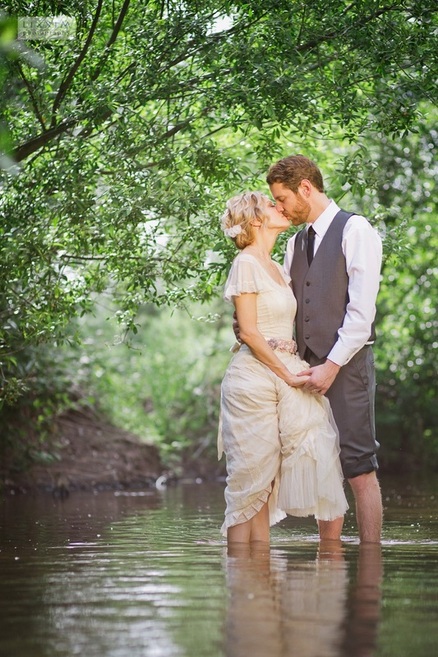 6. How do you mainly acquire business? How important is your website/social media to you in your business? I've been lucky that most of the business comes through word of mouth. It still how I get more than 50% of my jobs. Just like a friend of mine says, “The best business card is a job well done.” Website and social networks are definitely helpful - and I think required in this day and age. I get a lot more inquiries through my website than any other social media site. Websites are more universal and don't need special apps or devices to access them. If I had an option to either have a website or a social media site, I would probably say website... although Facebook comes in at a close second. 7. Could you tell us your process for a shoot from beginning to end? Phew, this can take a whole page; I'll try to keep it short! This will be for a lifestyle session: when I get a booking, I go through the process of working a day and time out for both of us. We agree on a location, select a few outfits, and plan by exchanging ideas (often via Pinterest). On the day of the shoot, we work together to get what the client wants or prefers (or what the talent agency likes). Then a week or so later, I usually share an online gallery with a client and send them a disk with a print release and high res images. Weddings work a little different, but the bulk of it remains the same. Of course, it takes longer to edit a wedding. 8. If you could shoot anyone or anything, who/what would it be? Wow that's a big question...well it would have to do with people, and I actually thought of this the other day. Even though it probably is not my dream, but it's close. One of them is to shoot either a couple or a single person on the tallest skyscraper in Dubai or in the streets of Tokyo. Another one is to shoot for at least a week, not people necessarily, in just one city. That way, I would be able to capture the city/area during the day and night times and hopefully during some unusual weather (that's where planning comes in handy). 9. What do you enjoy the most about being a photographer? What are the most challenging aspects to being a photographer? As a photographer I enjoy the photography aspect, and not so much the other administrative and legal tasks. The most challenging part to being a photographer is doing other things not related to photography, like marketing, accounting and other business related activities. However, the passion for photography will overcome all the difficult tasks. 10. How do you educate yourself to take better photos? What resources do you use most to learn more about photography? I educate myself nonstop – or at least I try to! Often I get too submerged visually, but it does help me come up with new ideas and assimilate lighting schemes and such things. I'd have to say that I use internet and print media (magazines/books) most to learn about photography. Lately, online videos have come in handy as well. 11. What has been the most unpredictable thing that’s happened on a shoot and how did you deal with it? There was this one day I had a big wedding shoot, and I forgot to bring my favorite lens at the time. The wedding was two hours away from my house, and I couldn't go back to get the lens. So instead I used my other lenses and ended up being very happy with the results. Guess what I use more of nowadays? The lenses which I HAD to use that day I forgot to bring my favorite zoom lens. A lesson learned the hard way but it did modify my style - for the better, in my opinion. 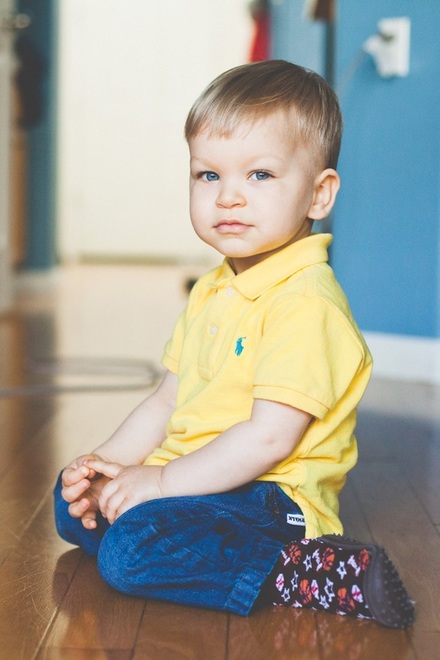 12. What is the basis of your inspiration in your life and work? I’m sure there's more than one basis for my inspiration. Some are conscious, some are not. It often is our 2.5 year old son, other times it's something I see when traveling or browsing online. It's never the same, and that's that main reason to staying inspired – trying new things and always learning. 13. Besides photography, what are some things you love to do? Besides photography, I like to spend time with my family and go biking with my wife and our son, which isn't really a thing, or is it? Speaking of things, I like to collect and of course, drink, tea. I try to drink at least one new tea every 7-10 days. So far my favorite teas are: Jasmine pearls and Yerba Mate. Another thing I like, well it's sort of new for me, is use and collect fountain pens. I don't have a lot of them, but I do enjoy them. 14. What advice do you have for someone wanting to get started in photography or hoping to be a professional photographer? Any specific advice for those wanting to get into wedding photography?
The only advice I can give is “Shoot, shoot, shoot!” Yes, it may sound simple and over rated, but it does work! The more hours you spend doing photography, the better. Like it is said, 10,000 hours of doing one thing makes one a master in that subject. I think it completely applies to photography. However, you can shoot a lot, but it won't help you as much if you shoot the same thing every time and don't challenge yourself to try new things or techniques. Take on new projects, start a 365 Project (take a picture every day and share it on a social network), try new lighting techniques, meet and talk with photographers locally and online, go on photo walks, and never stop learning. Wedding photography is very, very competitive, especially today. Second shooting with a wedding photographer is a great idea; it won’t guarantee you success, but surely will give you a good deal of hands-on experience. Frankly, wedding photography is one of the more challenging types of photography, but if you love to be challenged, I'm sure you'll enjoy it. You can shoot for a friend, or friend of a friend's, but don't start out being the one and only photographer at the wedding. I can tell you from experience, it's not as easy as it seems. Weddings usually happen only once, and messing up is not an option. Having gone through a wedding myself, I now know better of what to expect and the things to pay more attention to on my clients' weddings. Like with other types of photography, if weddings are what you love to do, keep at it and never give up. Your love for weddings will make the small obstacles seem insignificant. I met Bridggett Bess on a film shoot I worked on. She looked like a movie star. Partied like a rock star. Nah, that last part is a joke (or is it?). Turns out, not only does Bess have the look - and a uniquely beautiful one, at that- but she is multi-talented, holding acting, singing, and belly dancing under her belt. Currently, she is a professional belly dancer working under the stage name of Badia, in Sacramento, California. Let’s find out more of what inspired her to become a belly dancer, and how you can see more of her!
Thank you so much Bridggett, for allowing us to enter the mind of such a talented young woman. We hope to see much more of Bridggett Bess/Badia in the future! You can see Badia performing at Kasbah Lounge in downtown Sacramento, CA. For additional information on Bridggett, or to see where she’s performing next, check out: www.raqsharki.com, www.Bridggettbess.com, or her Facebook page. When you hear music that moves your soul, what do you do? Perhaps you start dancing, swaying to the beat, or maybe even start singing along to the lyrics. It might make you feel emotional, whether happy or sad - even move you to tears, while you bail along to the lyrics of your favorite sad song. This is the power of music. The first time I heard jazz saxophonist Tony Bragano play, I was captivated by his music. My family and I were passing through Ghirardelli Square in San Francisco. Bragano was playing the saxophone, along with his friend who was on bongos. Together they created an amazing collaboration, which charmed and enticed passersby to stop and listen to their music. When Bragano plays, the soothing music sails from his saxophone seemingly effortlessly. I wanted to know a little bit more about him, and how he came to become a jazz saxophonist. Recently, he graciously took the time to answer some questions I had for him. Let’s find out a little more about this talented saxophonist, whom you’re sure to start hearing more of soon! 1) What are the steps you took to go from playing the saxophone as something you enjoyed into making it a career? Originally I was playing saxophone as a hobby while attending college and working part time. Incorporating music into my life gave me a sense of balance, and kept my creative juices flowing. Of course I had dreams of possibly playing music as a full time career. Then, in 2008, I graduated with my MBA (from the University of San Francisco) ambitiously ready to find a respectable, stable decent paying job. However, that was also right when the economy decided to take a dive. I spent a lot of time interviewing and trying to find a business job but it wasn't working. So I continued working my part-time job and put all my energy into music...developing skills, writing new material, and selling myself. I had nothing to lose. The saxophone is just a tool, but the music is a product of my experiences, perceptions, body, imagination and soul. I am the instrument. I also support the definition that music is a language of emotions, and that music can speak emotions that words cannot. I like to think of myself as an artist that expresses and speaks this language. So with that being said, being an artist with the saxophone is my full time profession. I don't have any other job. I am thankful that I currently have this opportunity, but I have gone back and forth between being a full time musician and being a part time musician, so I know it can change at any time. I thank everyone who has supported my music by purchasing my songs and booking me. :) 2) What's your favorite part about playing the sax, and why? MAGIC – The out of body experience and being in the zone feeling you get when you’re in a state of “flow.” It’s as if the saxophone is playing you, as opposed to you playing it. There is a direct link to the imagination and no thinking, it’s subconscious. This is where magic happens; and you accomplish what you thought was impossible. FRUITS OF LABOR - When you want to get to a certain playing ability (having more control over the instrument) you work hours and hours to develop this. And then finally, one day it happens.....you have developed more strength and control over the instrument, and she takes you to another world. 3) What are the not so ideal/boring parts about your career that you'd rather not have to deal with? Dealing with marketing paraphernalia. Traveling. 4) Can you tell us about a really memorable experience you had playing the sax and why it impacted you so? While playing live at a wine bar once, someone asked if we could play “Happy Birthday” for someone at the party. Somehow I started playing some of the national anthem in the middle of the song - a little improvisation - and then went back to playing “Happy Birthday.” My friend, Andres, who was playing the bongos, was dying laughing while all this was going on. But the party was happy and everyone was having a good time. The impact comes in that music isn’t engineering its emotion, and there’s no need to overdo it technically, or take things too seriously. 5) What is one thing people would be surprised to find out about you? Despite my soothing and smooth music, I am actually kind of hyper. Music is my outlet to meditation and relaxation. 6) Could you walk us through a typical day in your life? One of the fun things about being a musician (at least to me) is that you don't have the usual repetition that you might have in a 9 to 5 job. I definitely put in a lot of hours each day - 12 plus – but I am always learning new stuff and working with new people and playing new gigs. As the saying goes, “You'll never work a day in your life, when doing what you love.” One thing that is consistent is that I work seasonally. During the winter I write music, and do a lot of studio production work (i.e. making the product, and working with featured artists). I like to have new material ready by summer, so in the spring I am getting a lot of business stuff in place like album covers, ordering CDs, booking gigs for the summer, making marketing paraphernalia, etc. (busy work). Come summer, it’s all about performances, playing gigs, and selling myself and the music. Also, right before winter, I do a lot of holiday gigs. My practice philosophy is based on: consistency, desire, and rest. What I mean by that, is I make sure I consistently play the horn for at least 4 hours a day, so I don't get rusty. But I have also experienced overkill; you can burn yourself out by not letting your body rest and recover. Desire comes in to play in that if I'm not feeling it, or don't want to play it, I don't do it. So I play songs that I am going to play live and just get my practice in by playing them. When a song gets boring, I just throw it away and stop playing it. If I want to practice some scales or technique, I just play around with it in the song. 7) What advice would you give to other aspiring musicians hoping to follow in your footsteps? No matter how much judgment comes your way, be yourself. Thank you Tony, for taking the time to give a little more insight into your thoughts and career! If you would like to find out more about Bragano, listen to his music, or see where he is performing next, you can visit his website, TonyBragano.com, Facebook, or Youtube. |
AuthorMe. You. Help inspire unwritten words. Archives
September 2021
Categories |
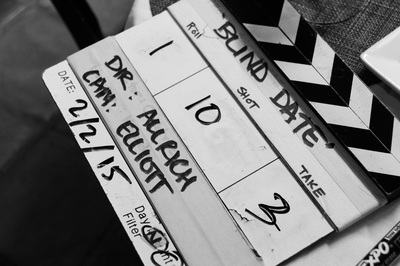
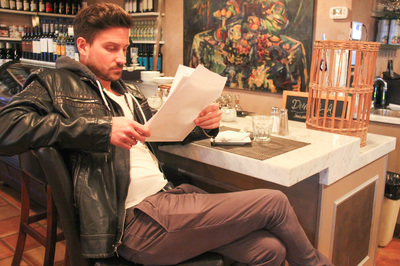
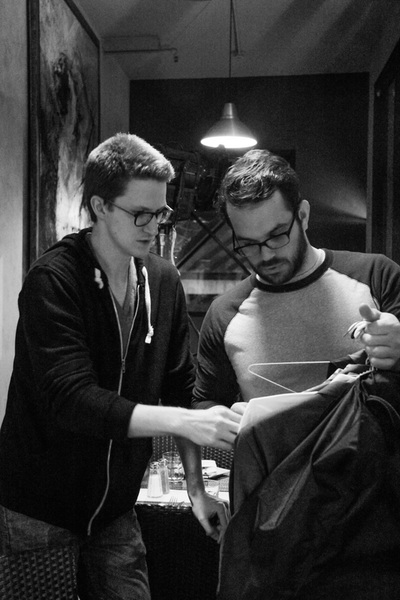

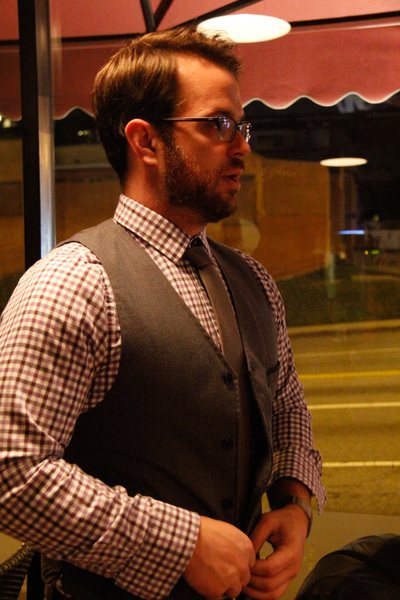


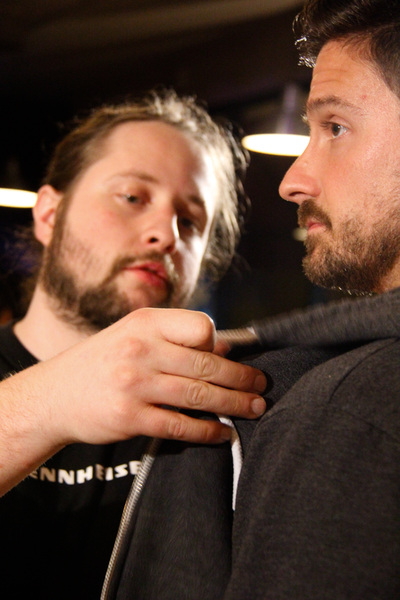
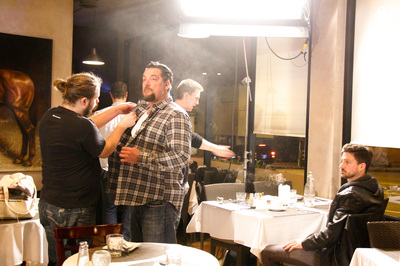
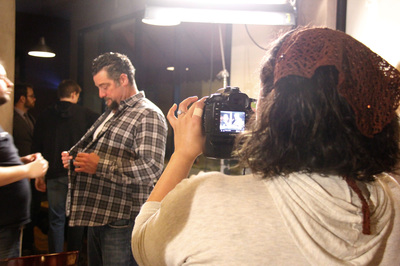

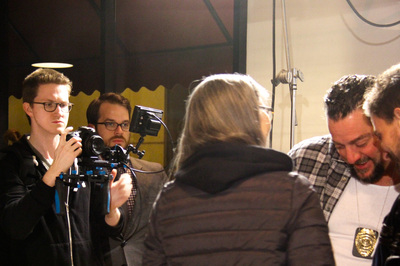

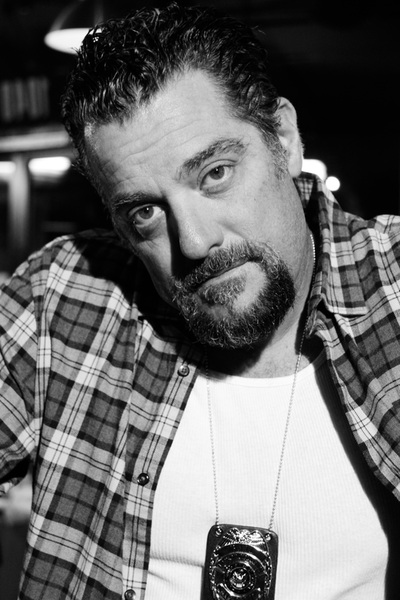
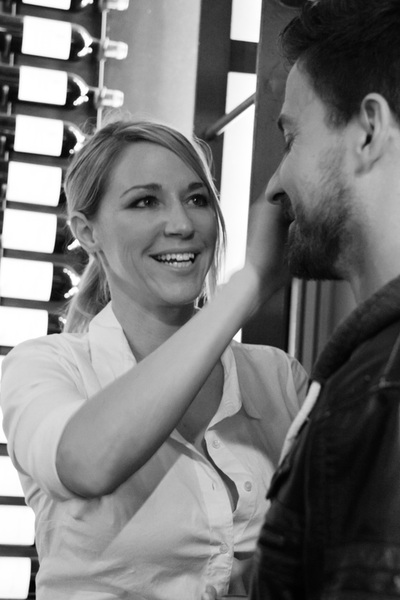
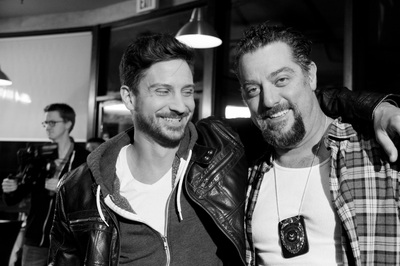
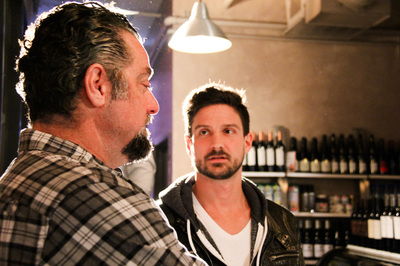
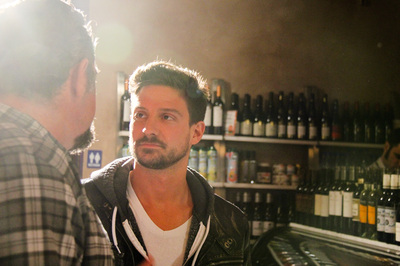
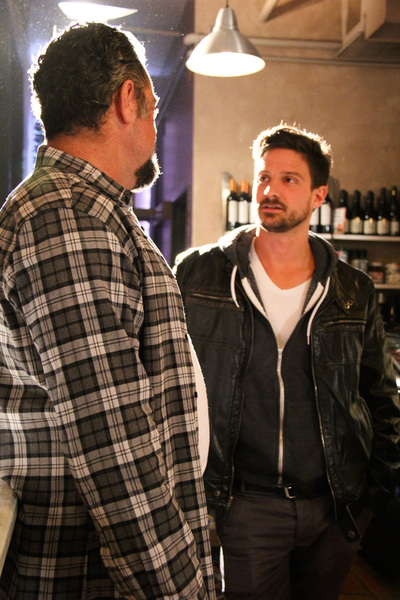

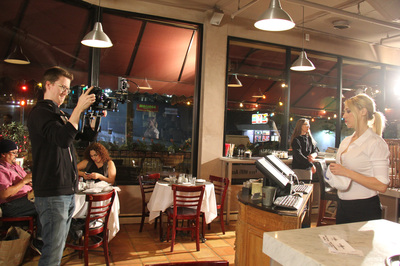

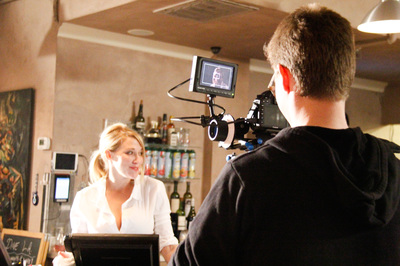

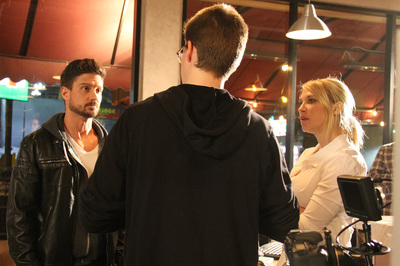

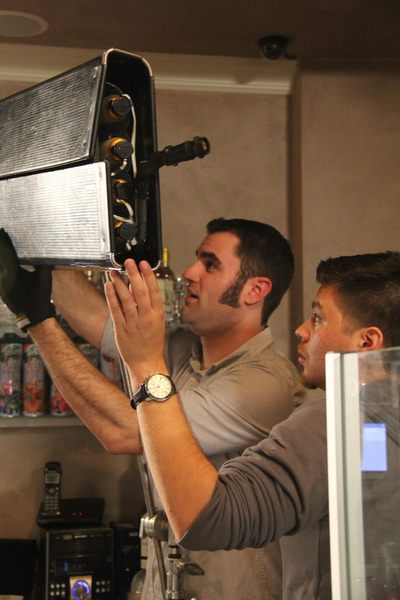
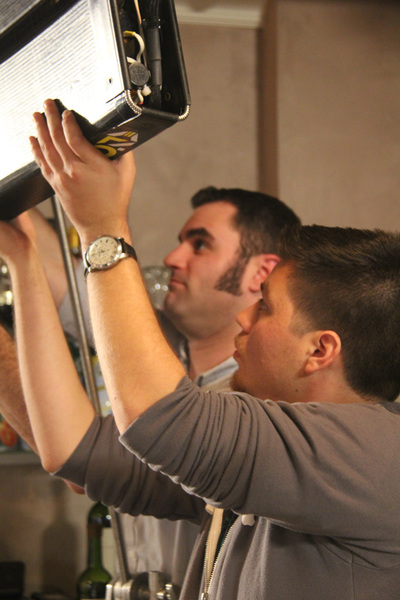
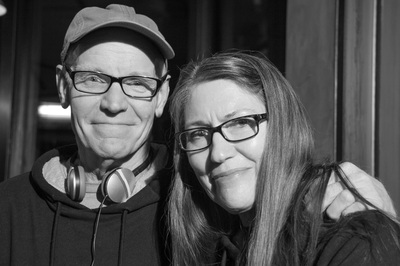
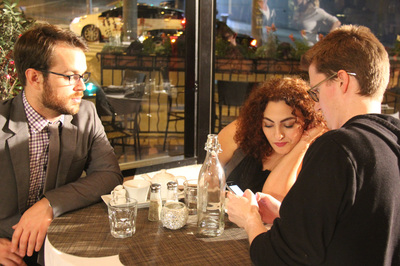
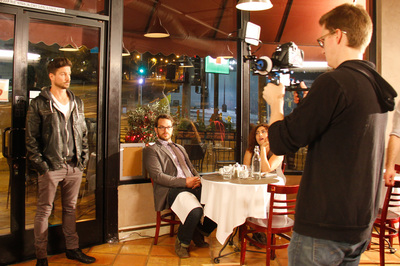
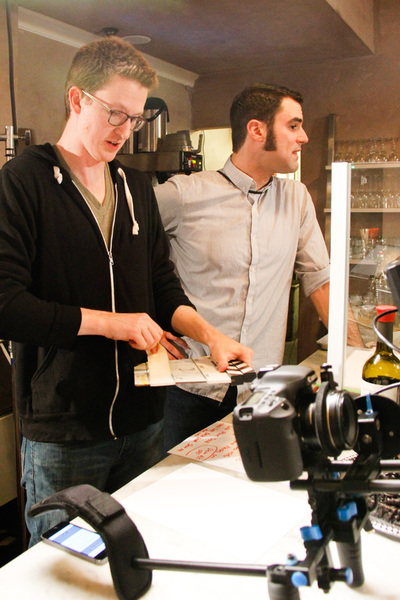
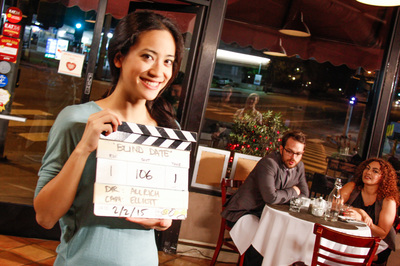
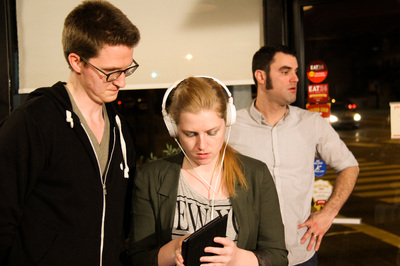
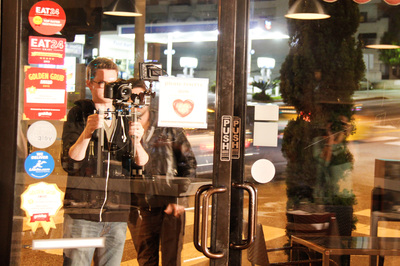
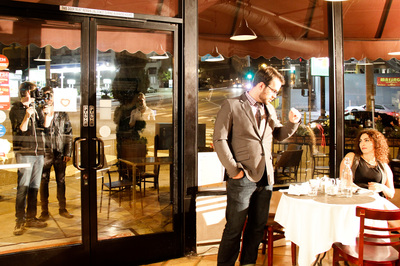
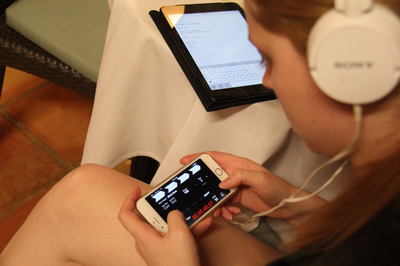
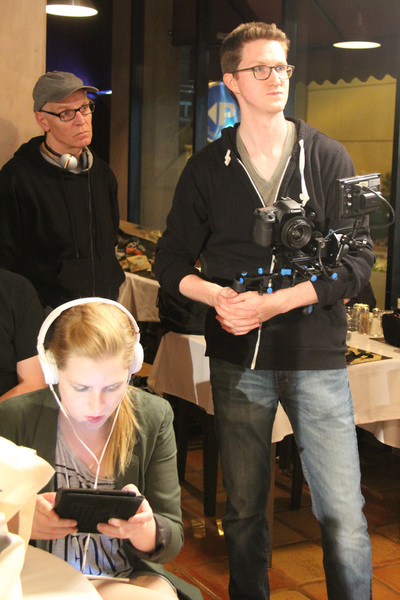

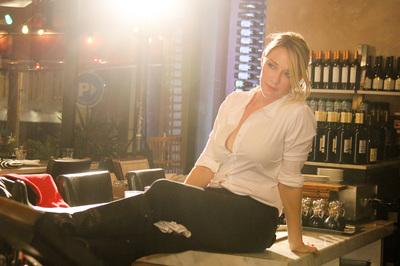

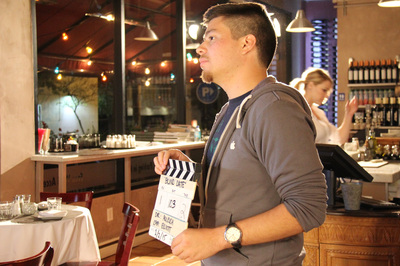
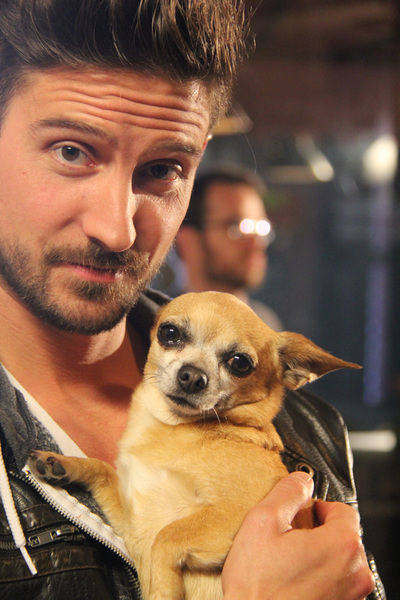

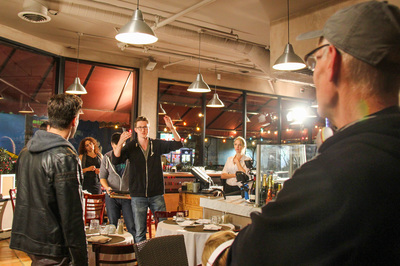

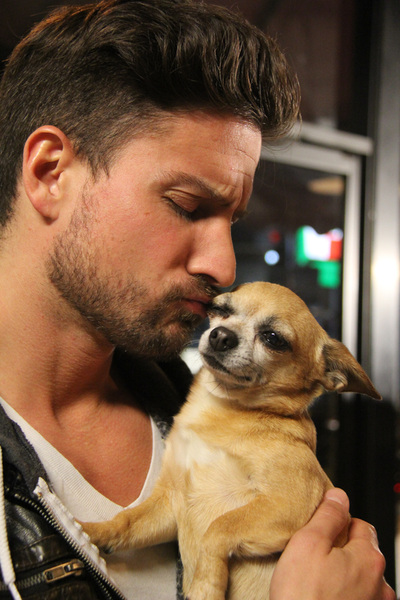

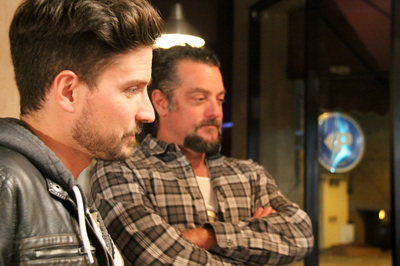
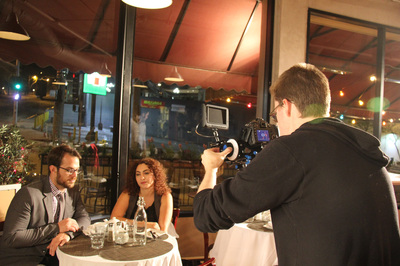
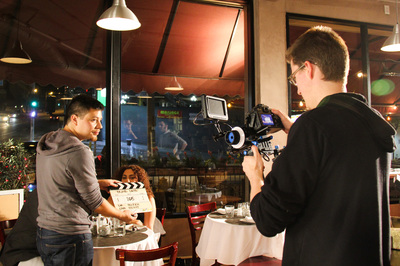
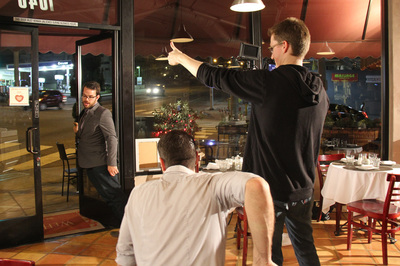
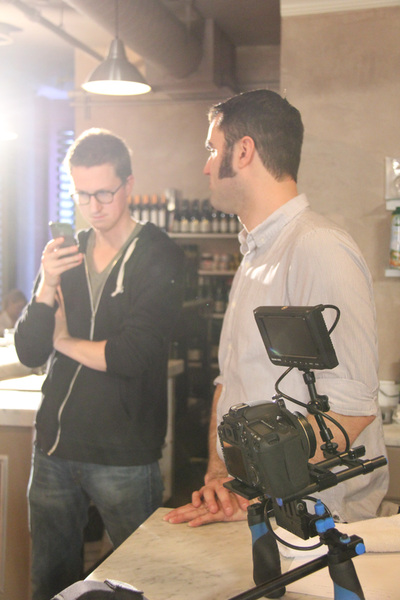
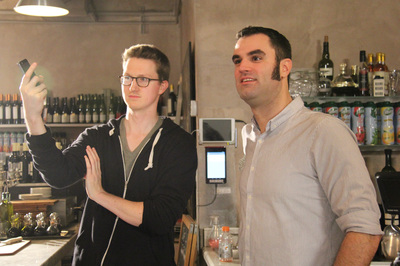
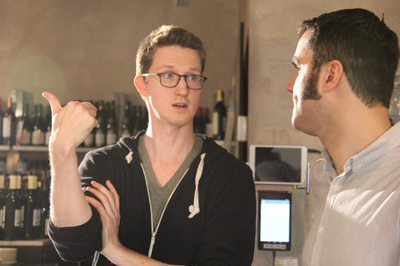
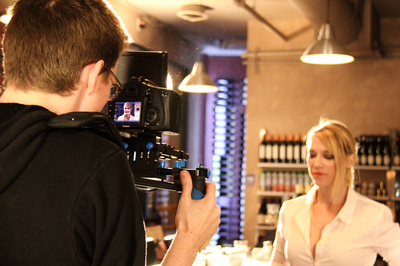
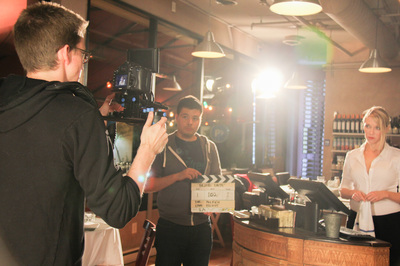
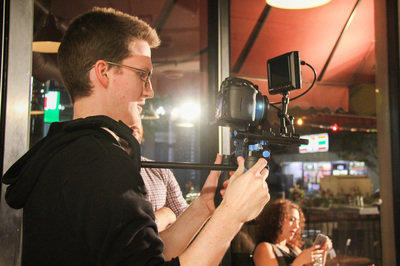
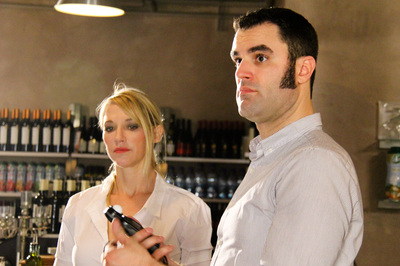
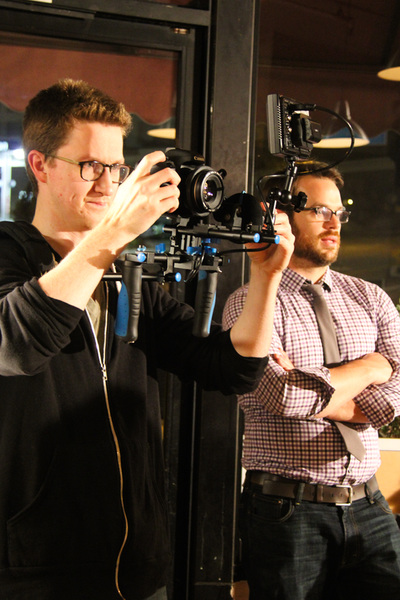
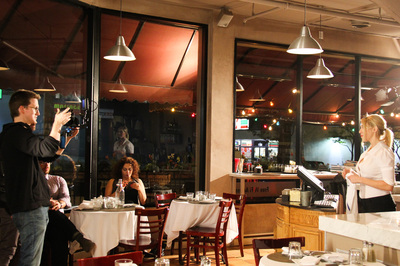
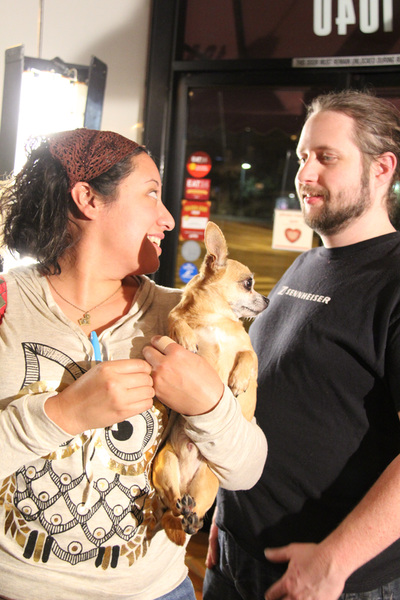
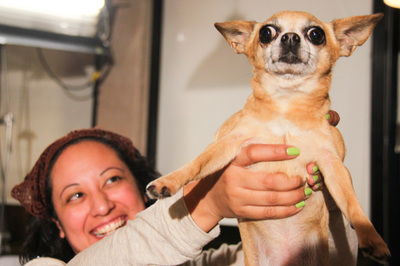
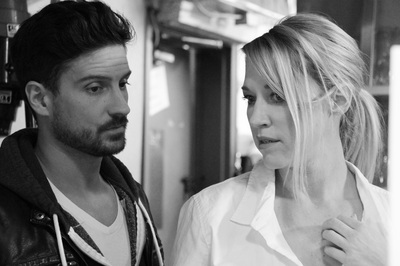
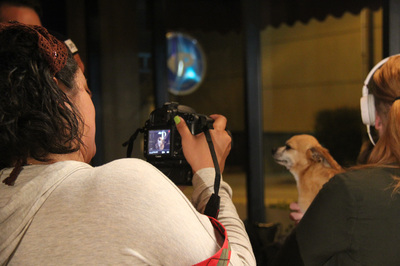
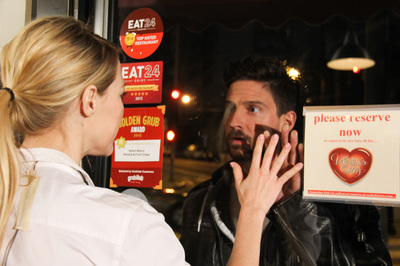
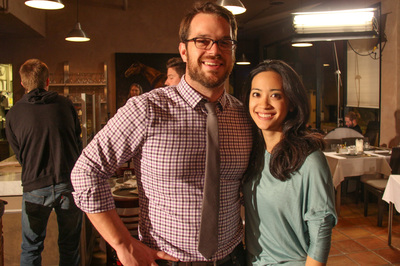

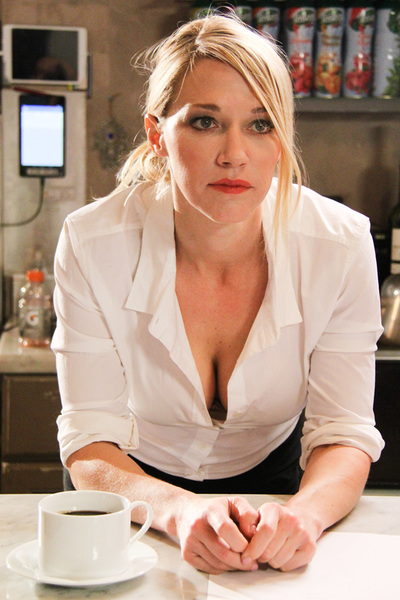
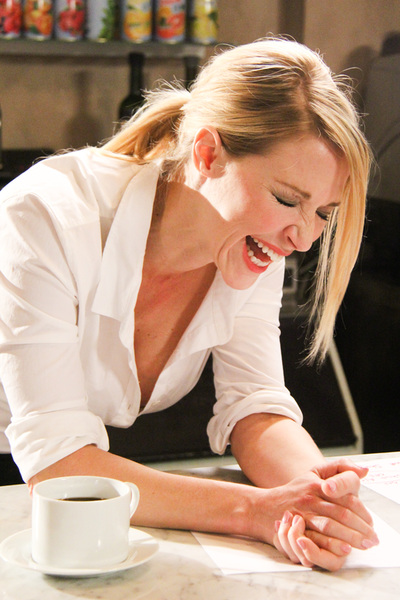
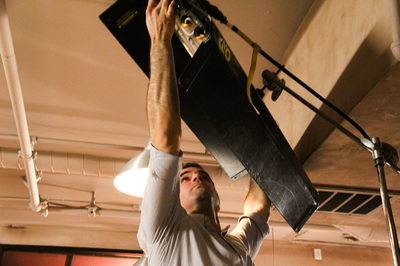
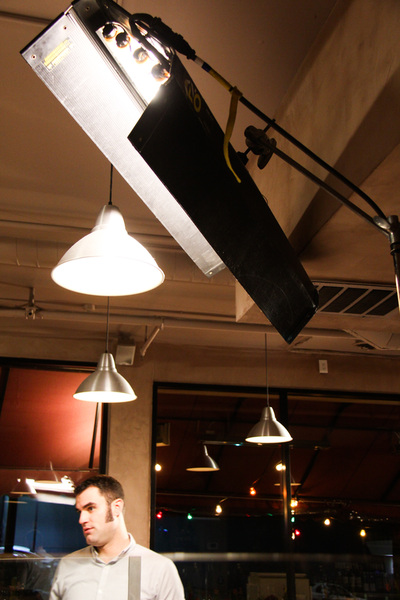
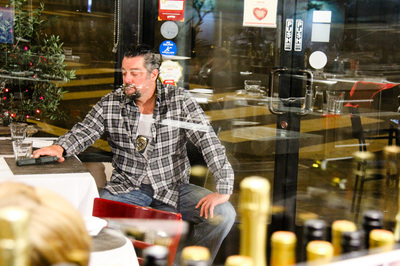

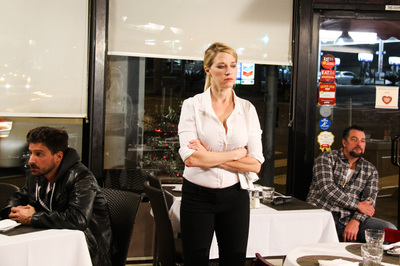



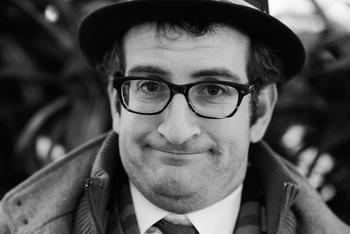
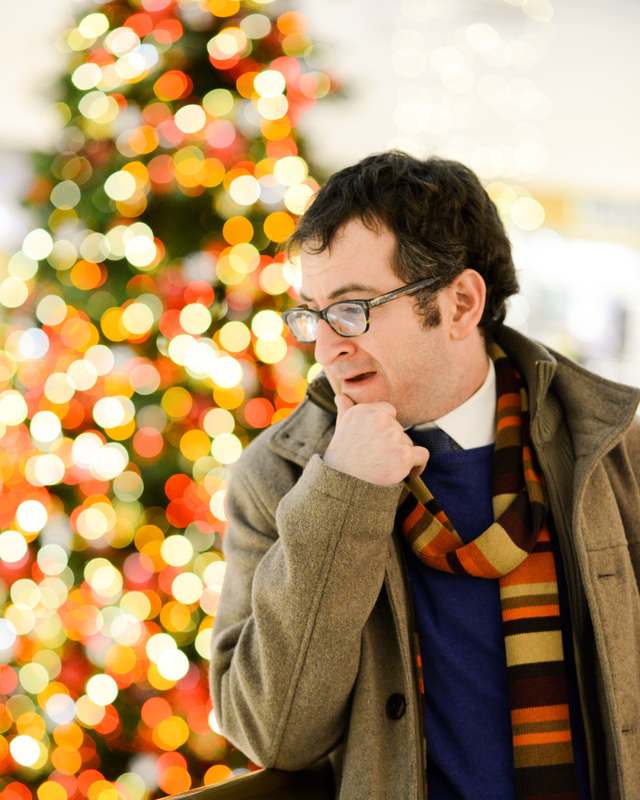
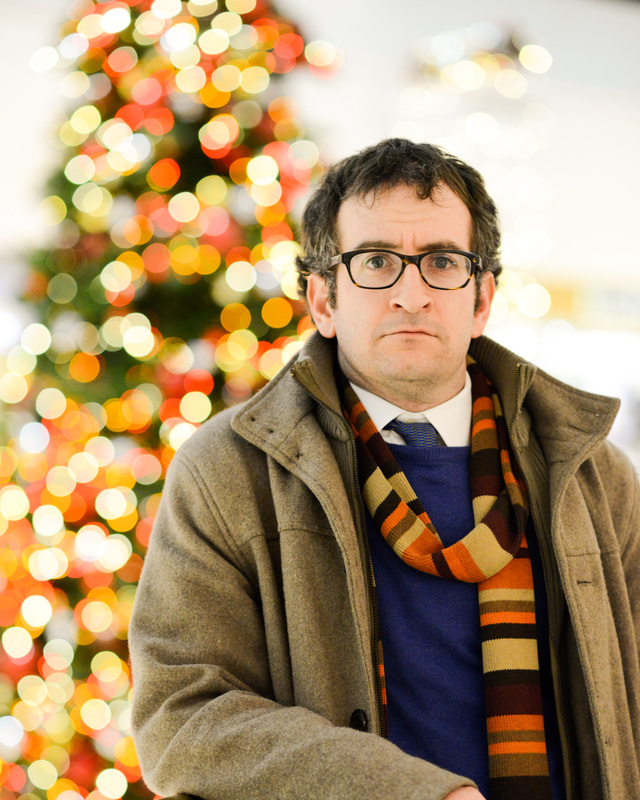
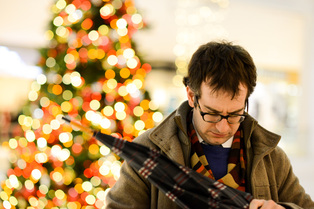
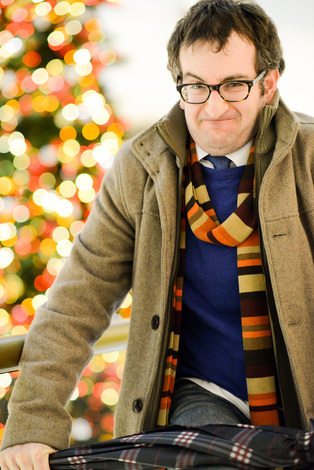
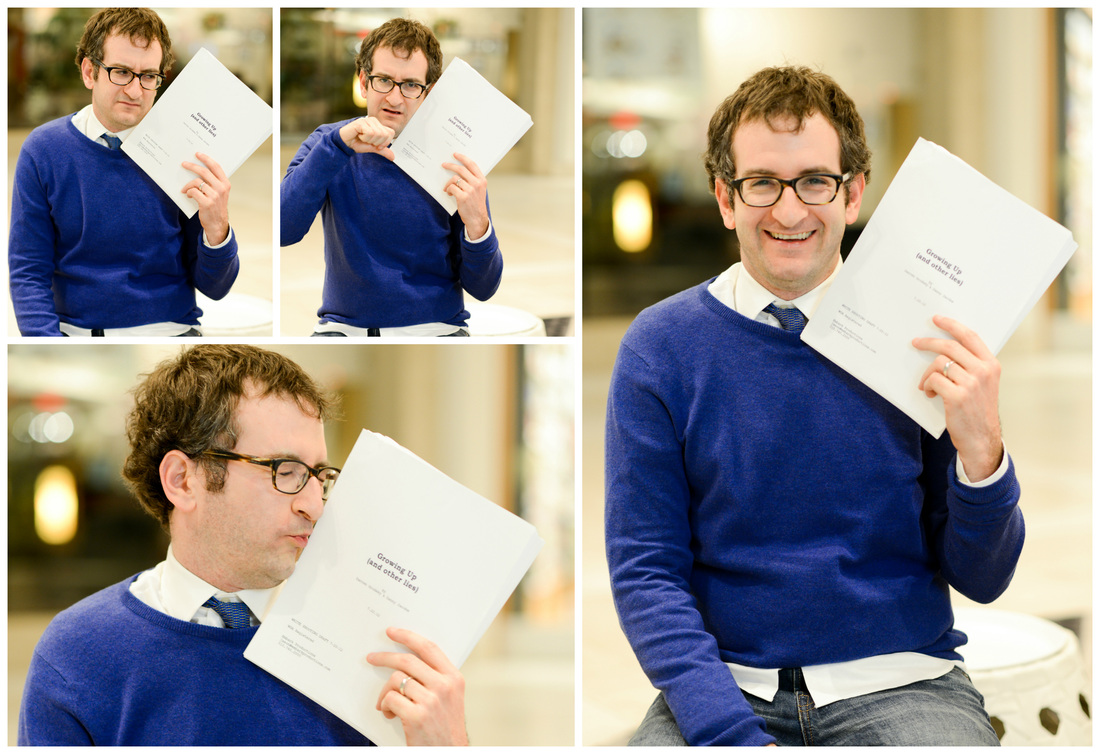
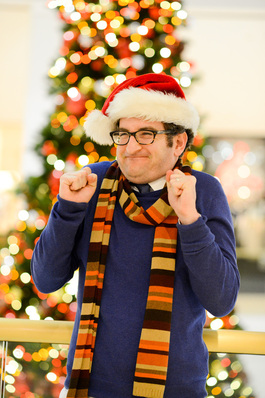
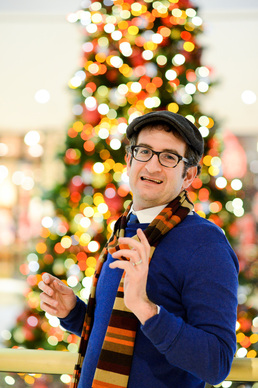
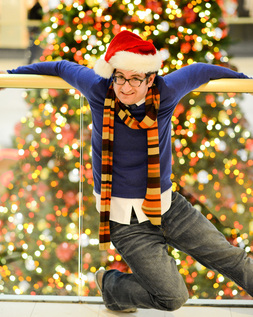
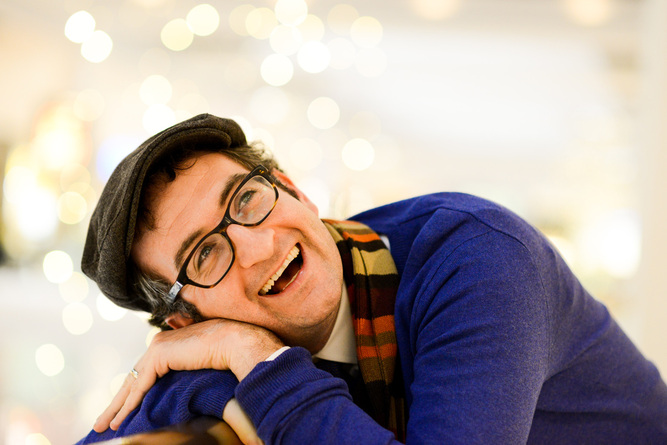
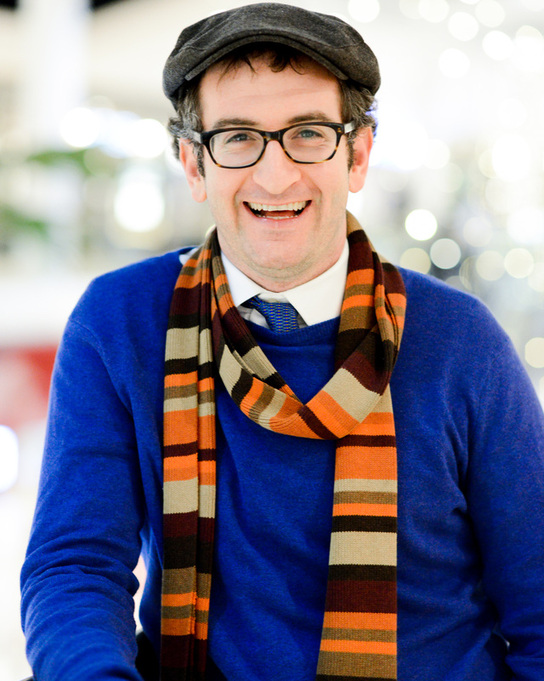
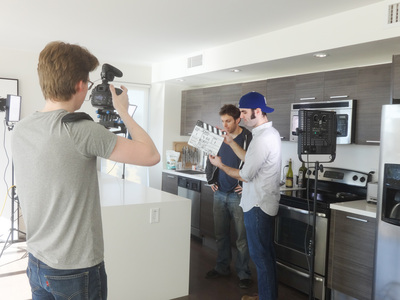
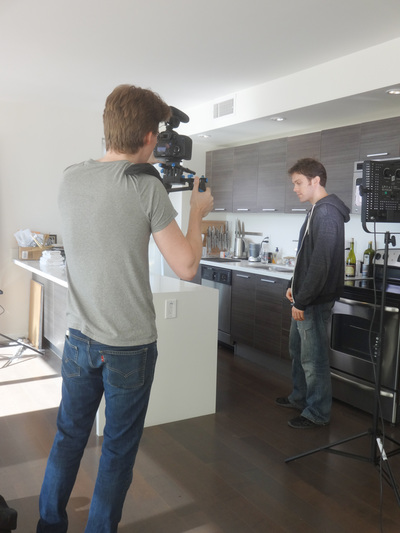
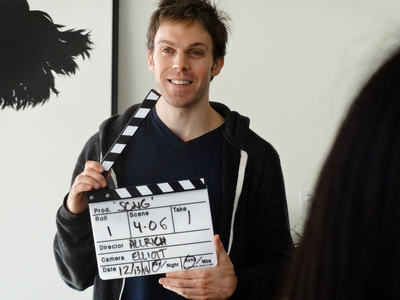
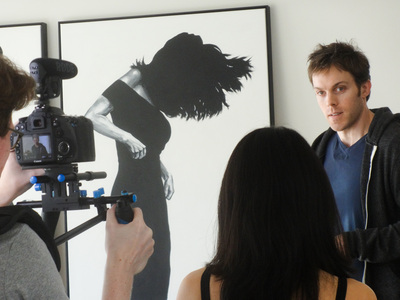
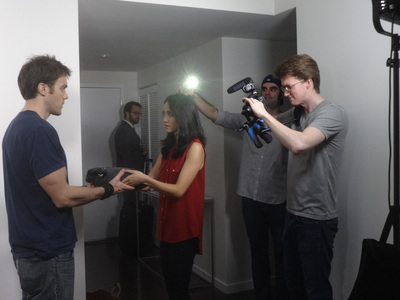
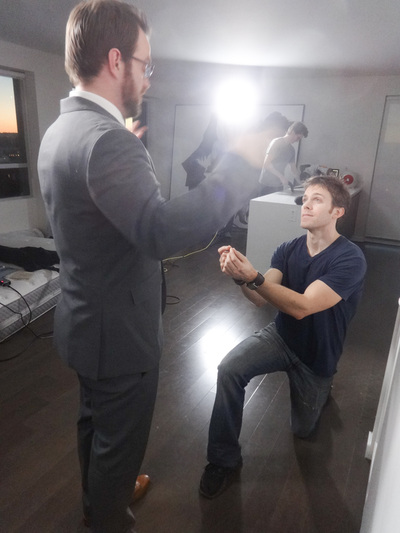
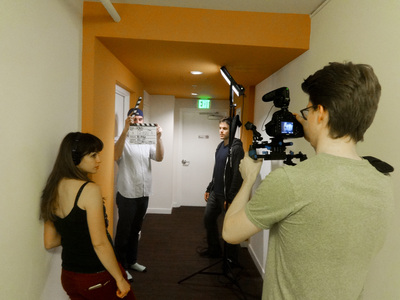
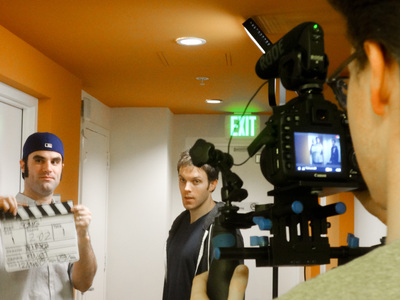
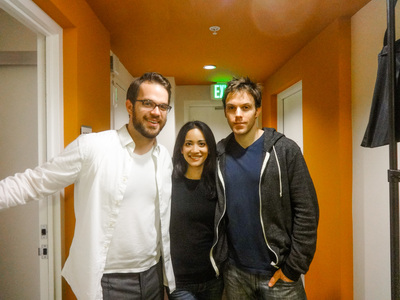
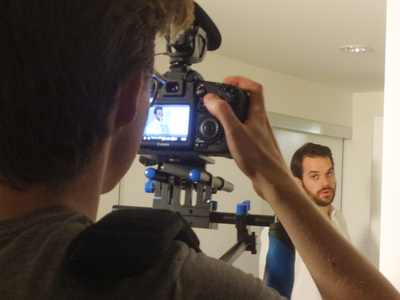

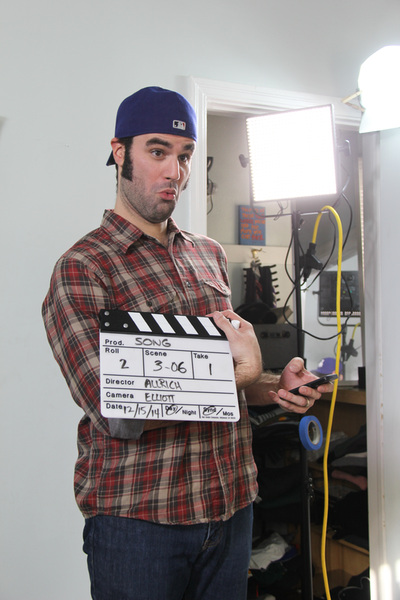
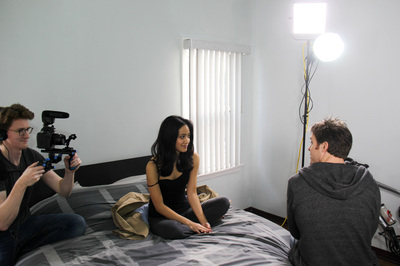
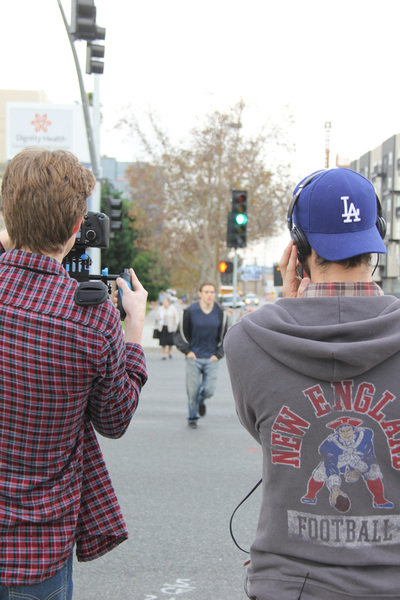
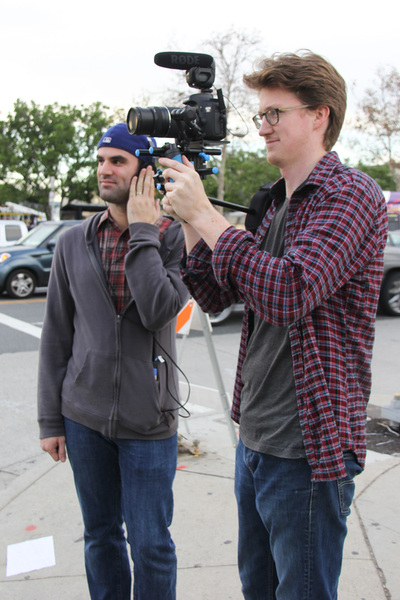
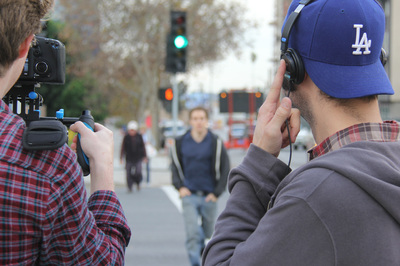
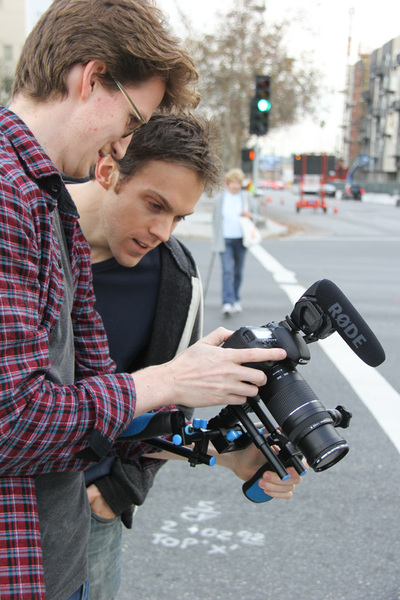
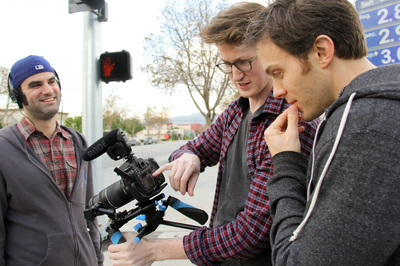
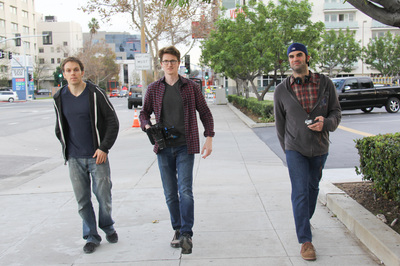
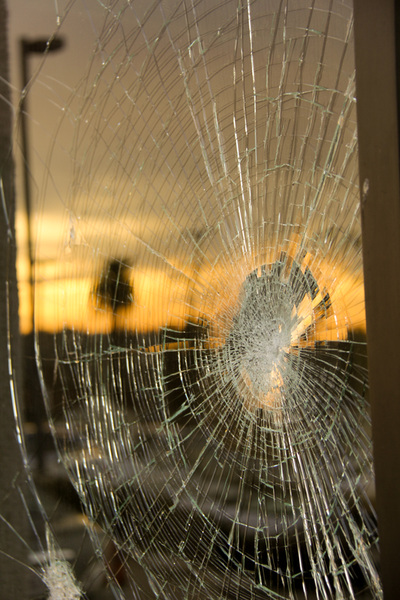
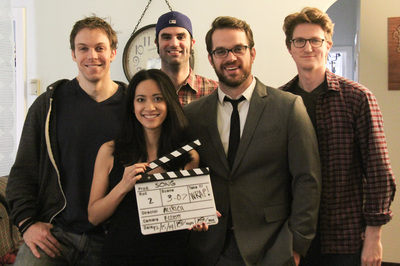
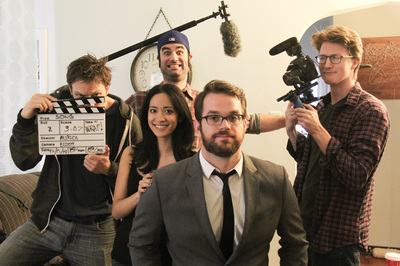
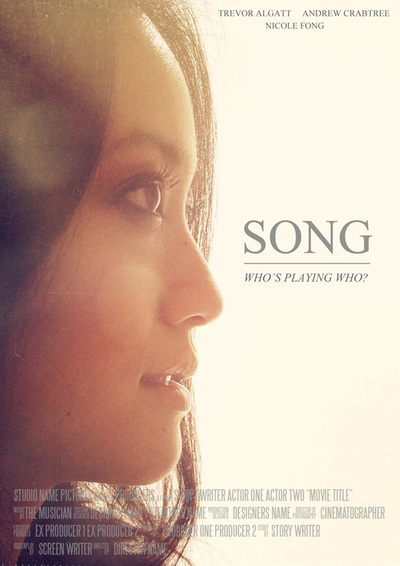
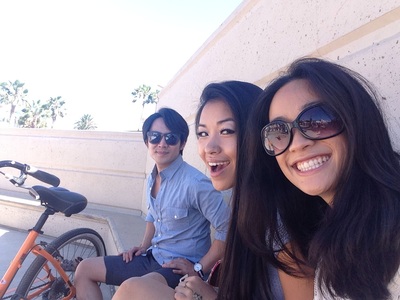
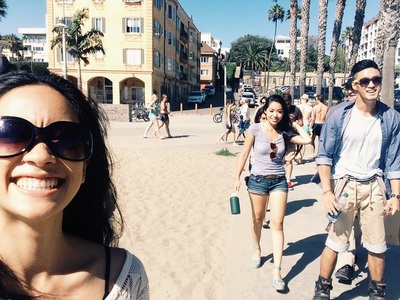
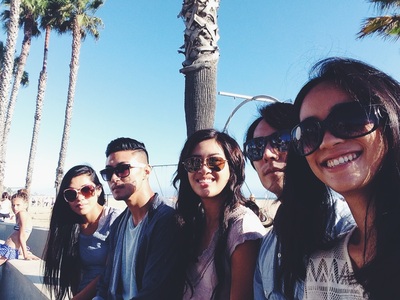
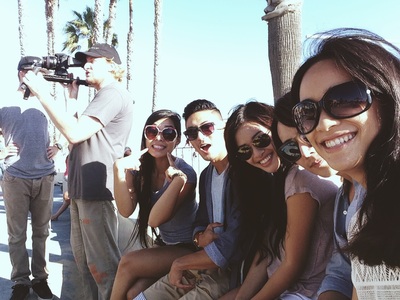
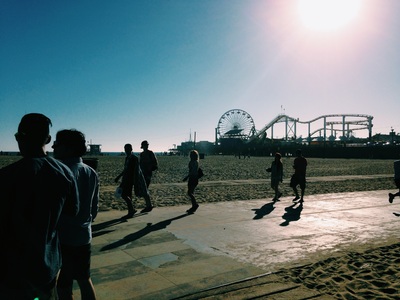
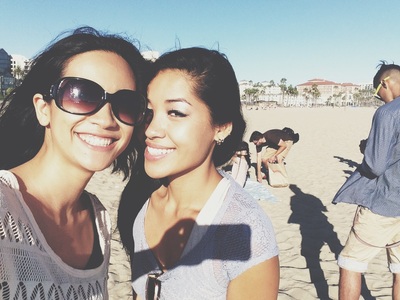
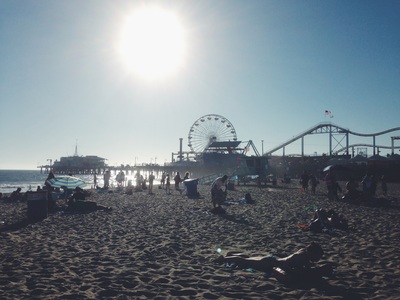
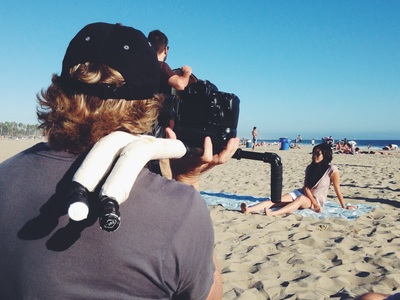
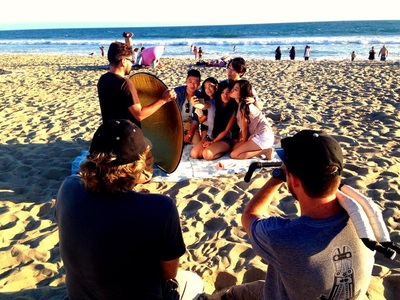
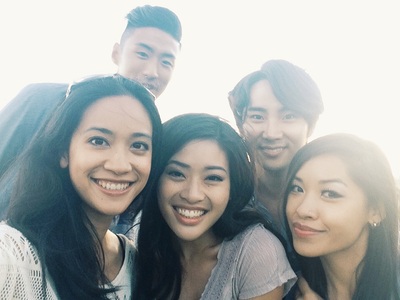
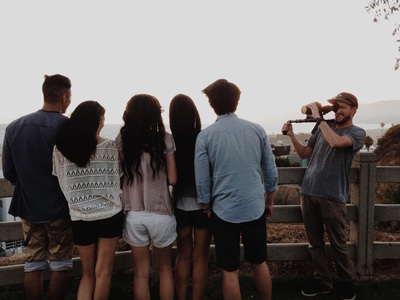

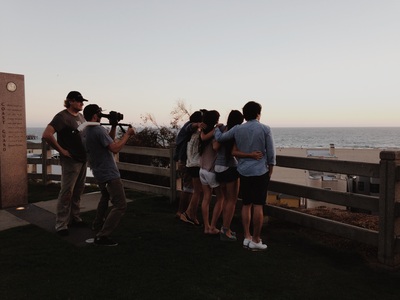

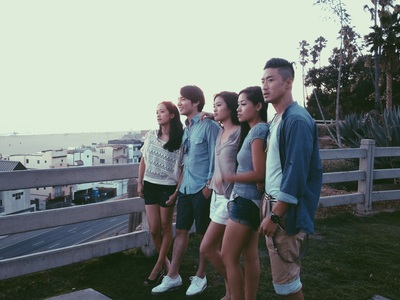
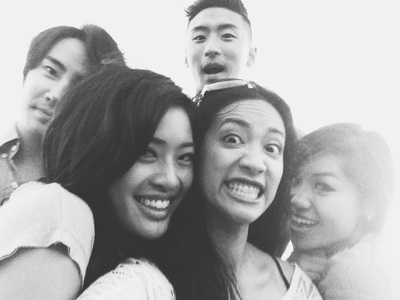
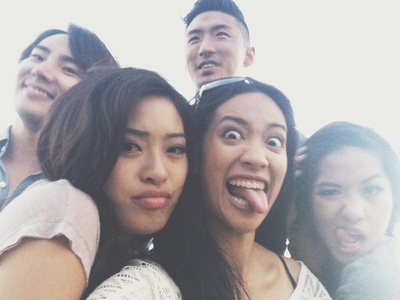
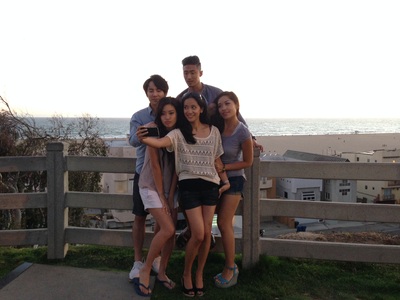
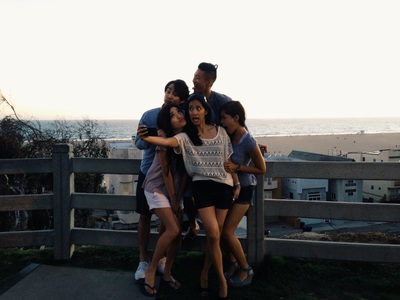
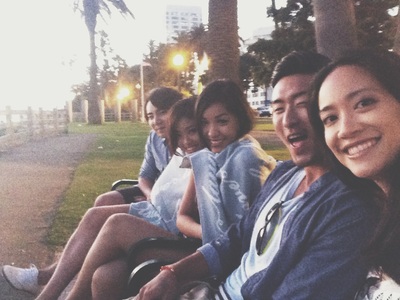
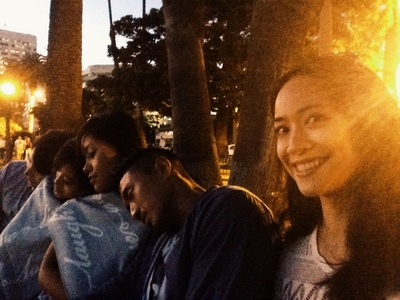

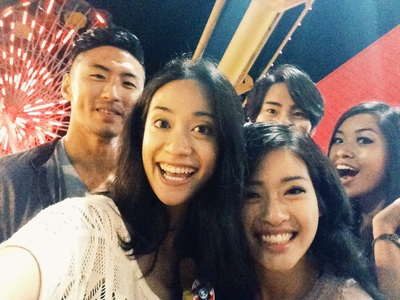
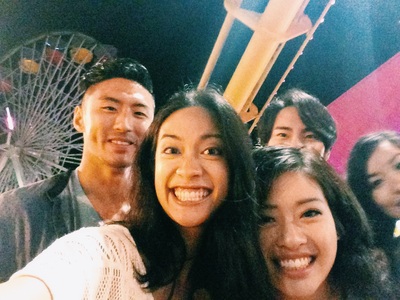
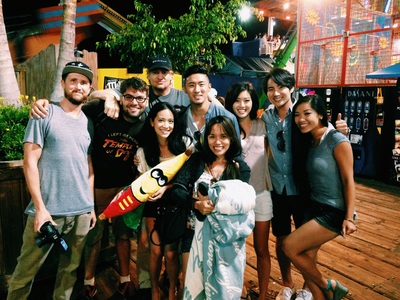
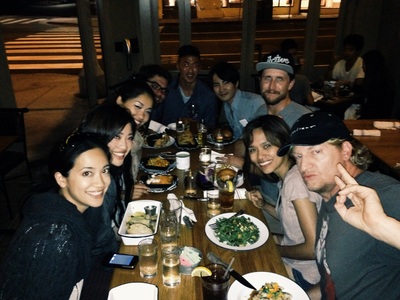
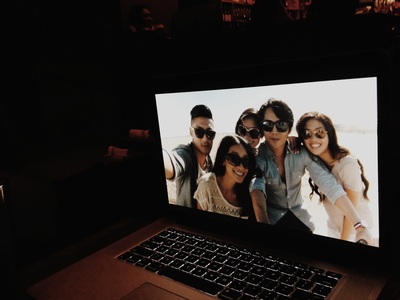
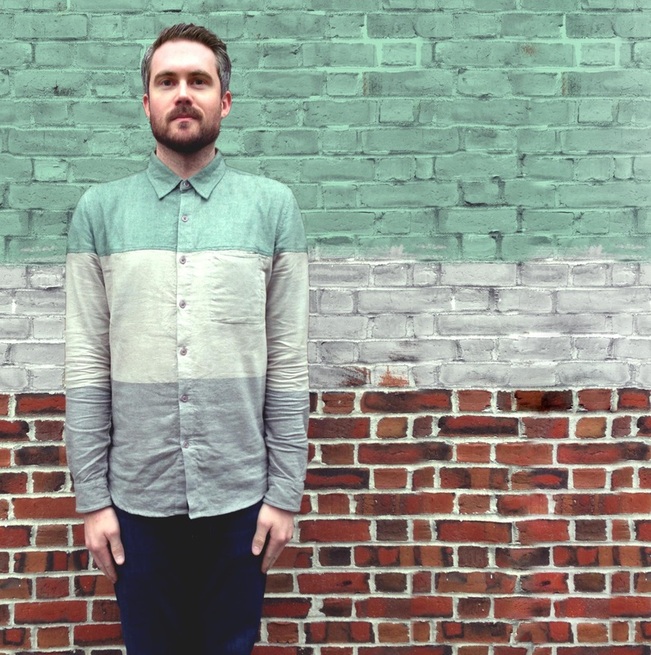
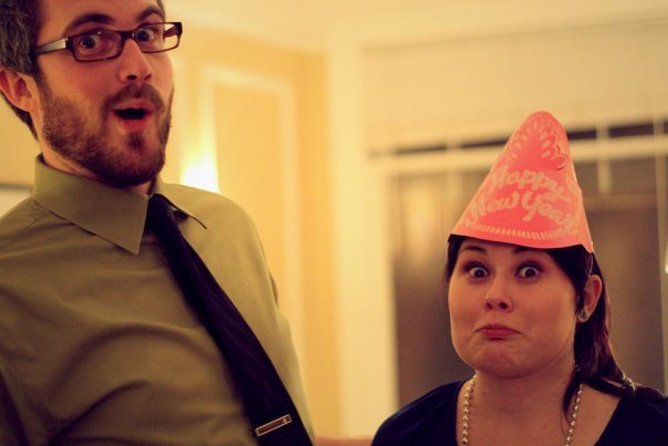
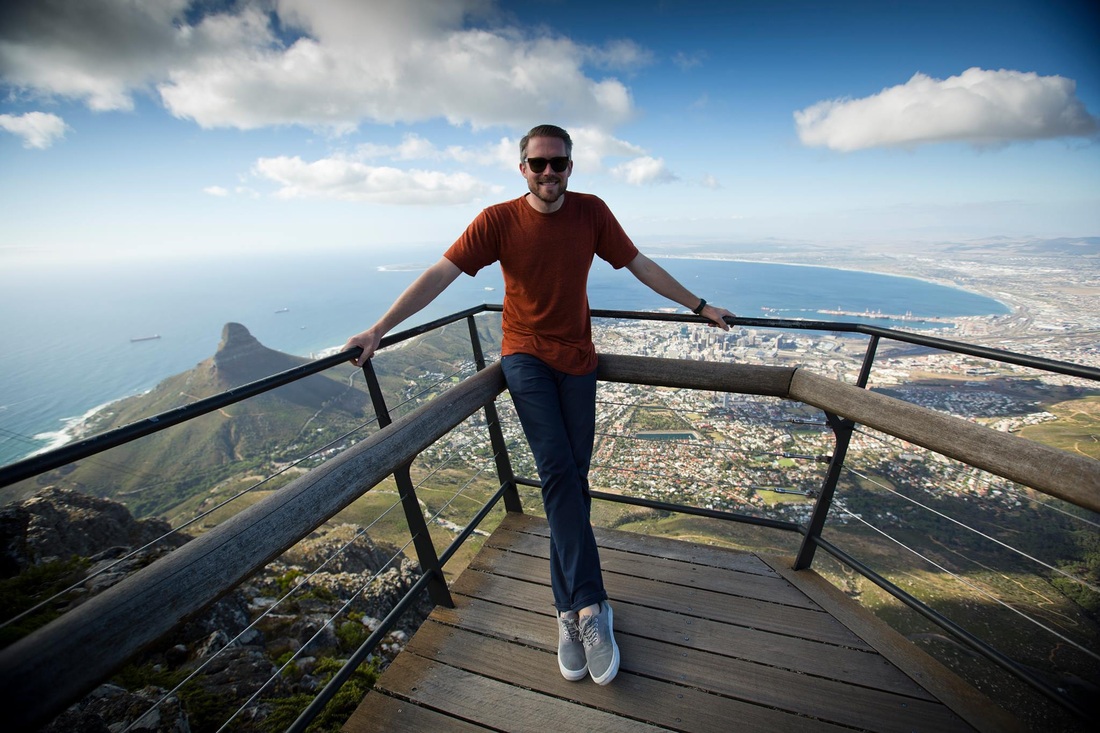
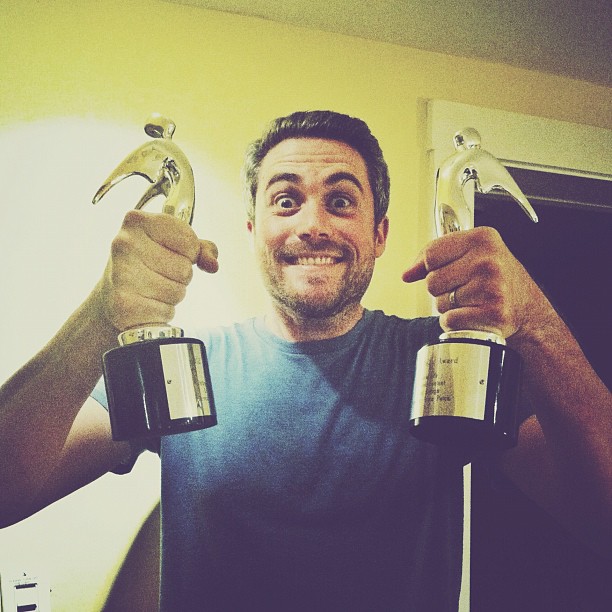
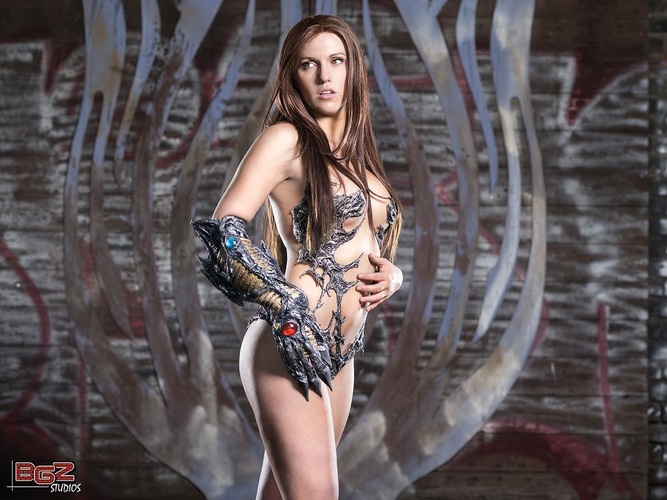
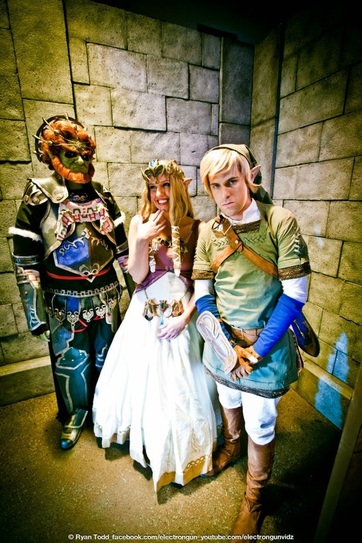
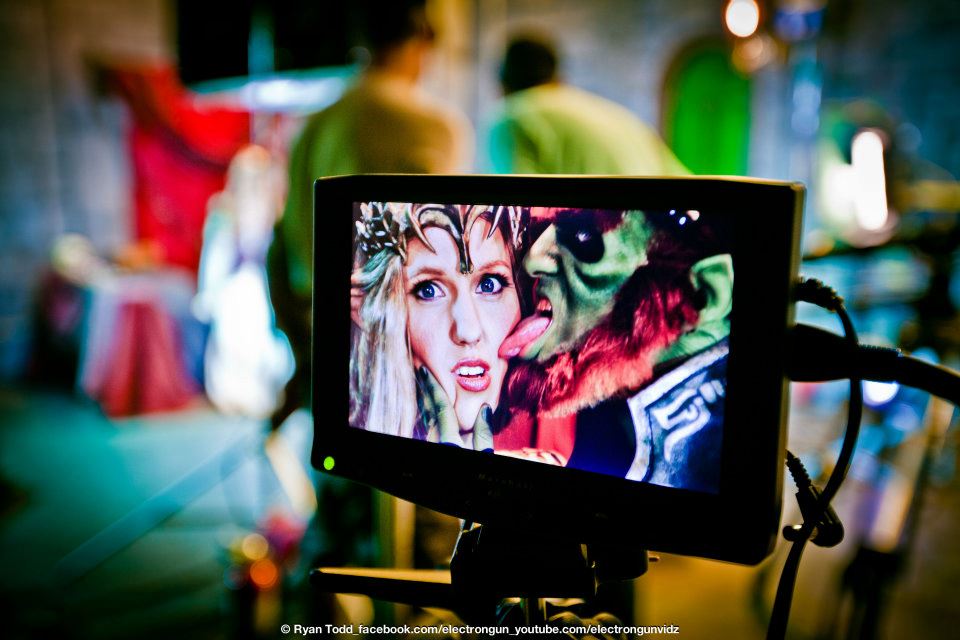

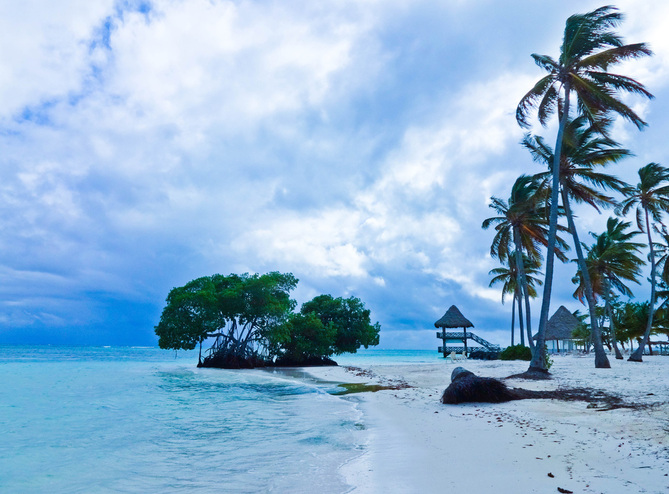
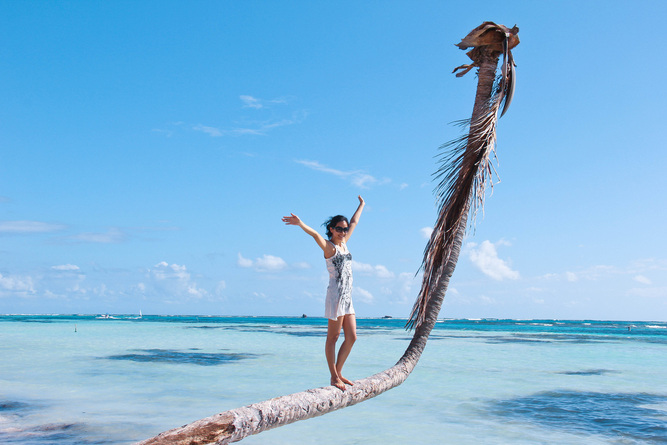




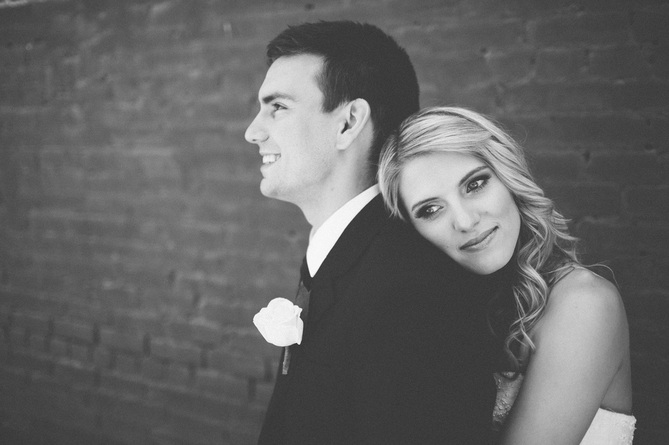
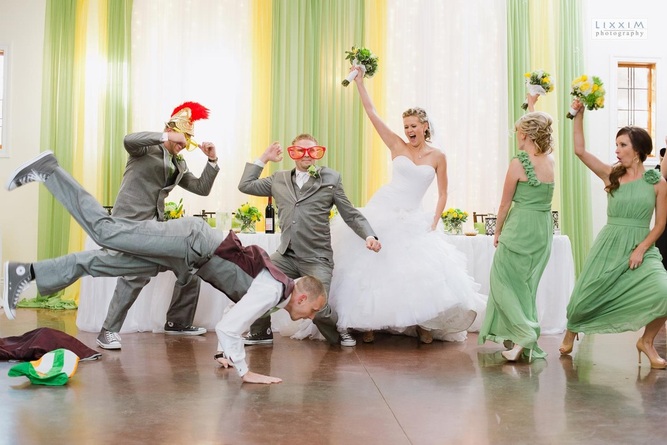
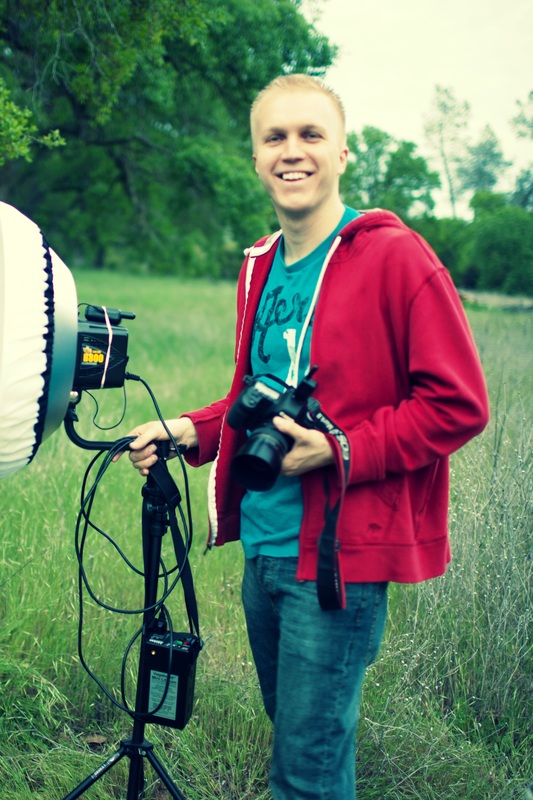
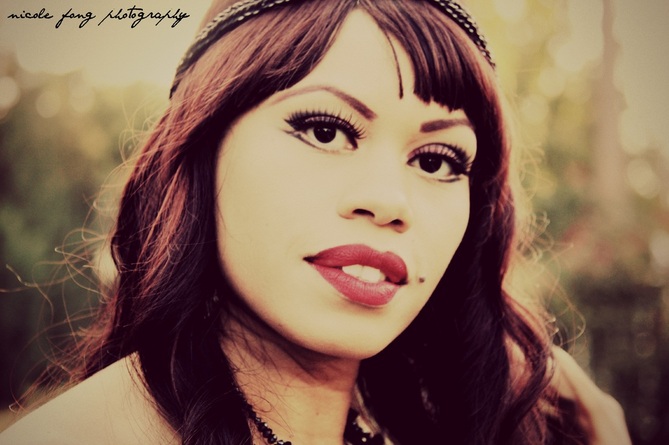
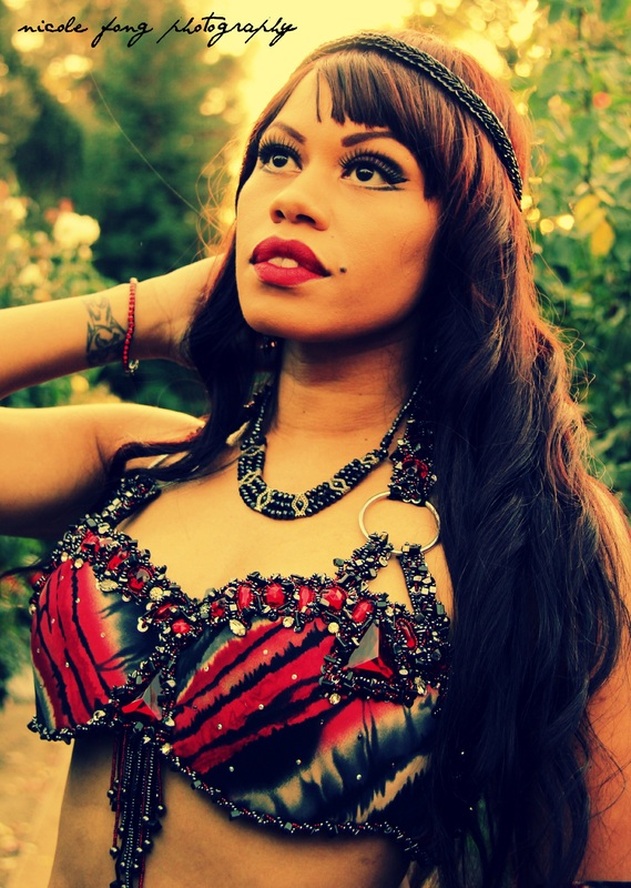

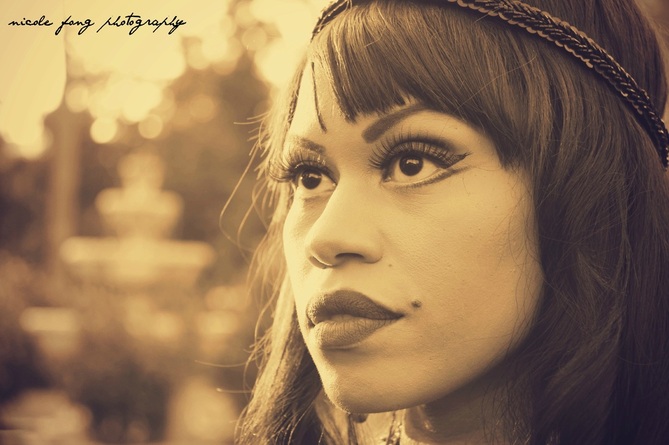
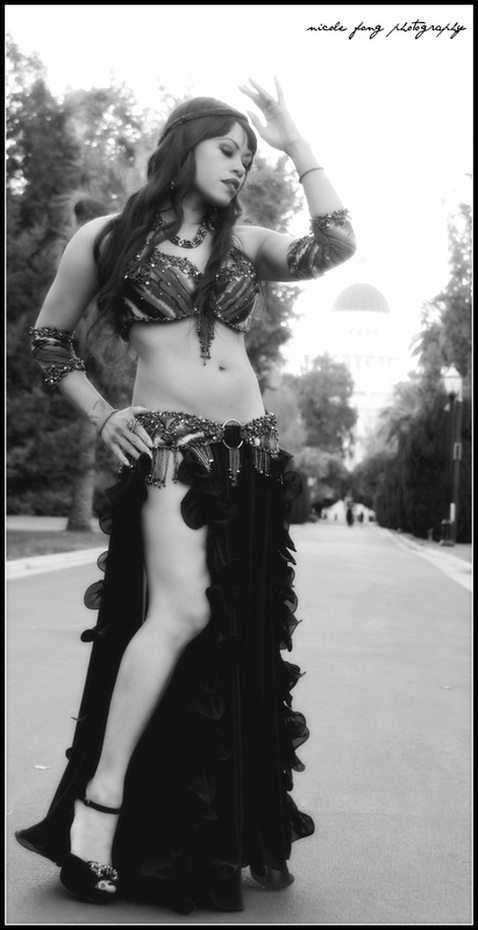
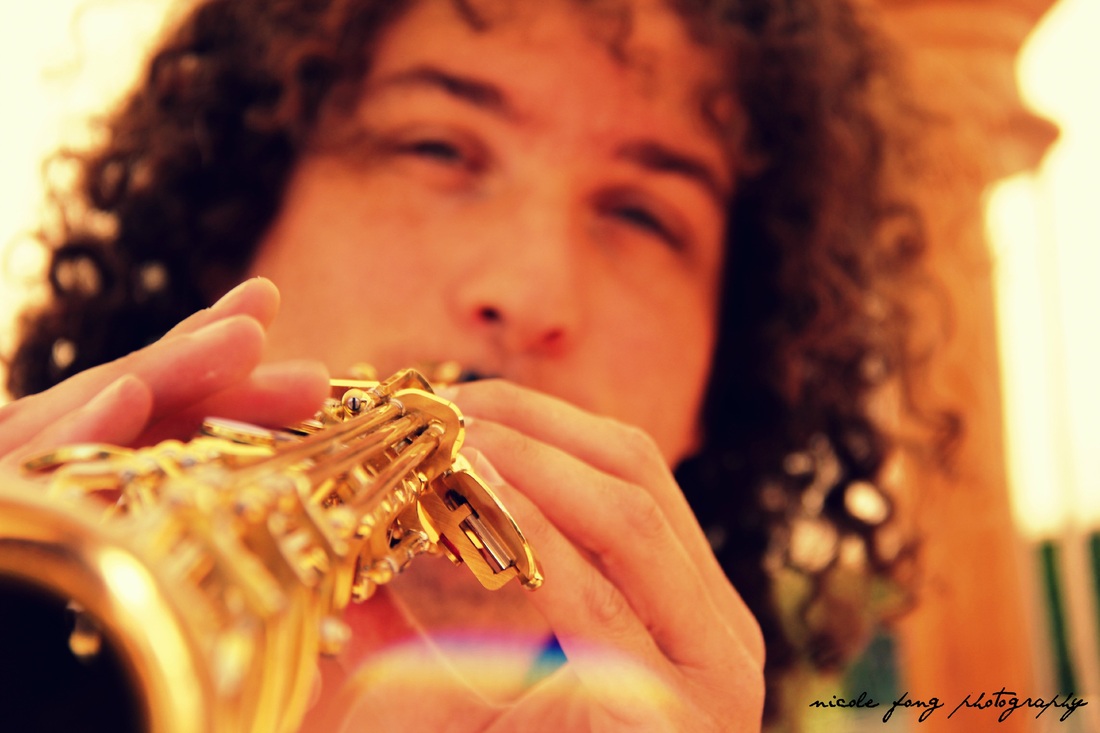
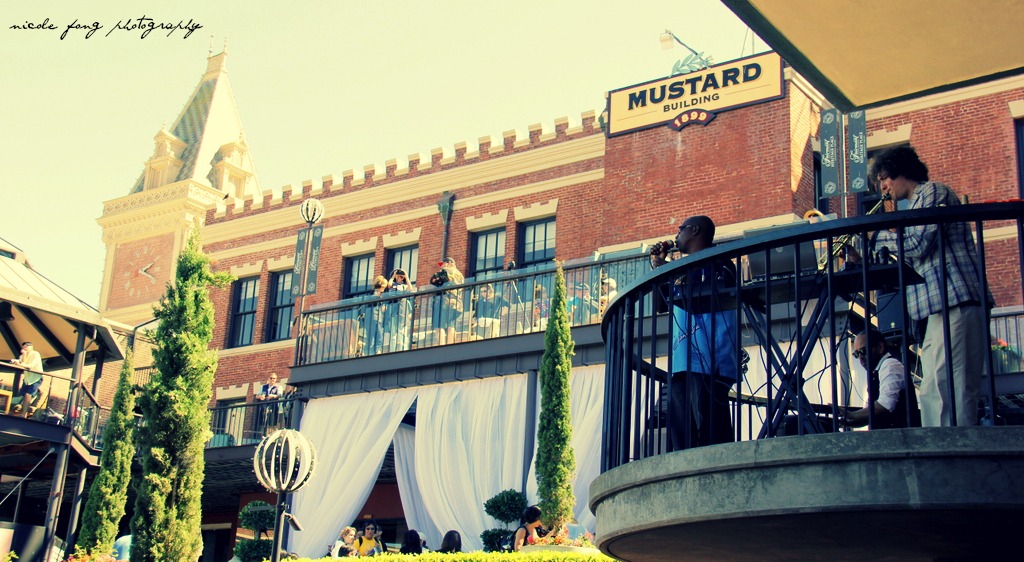
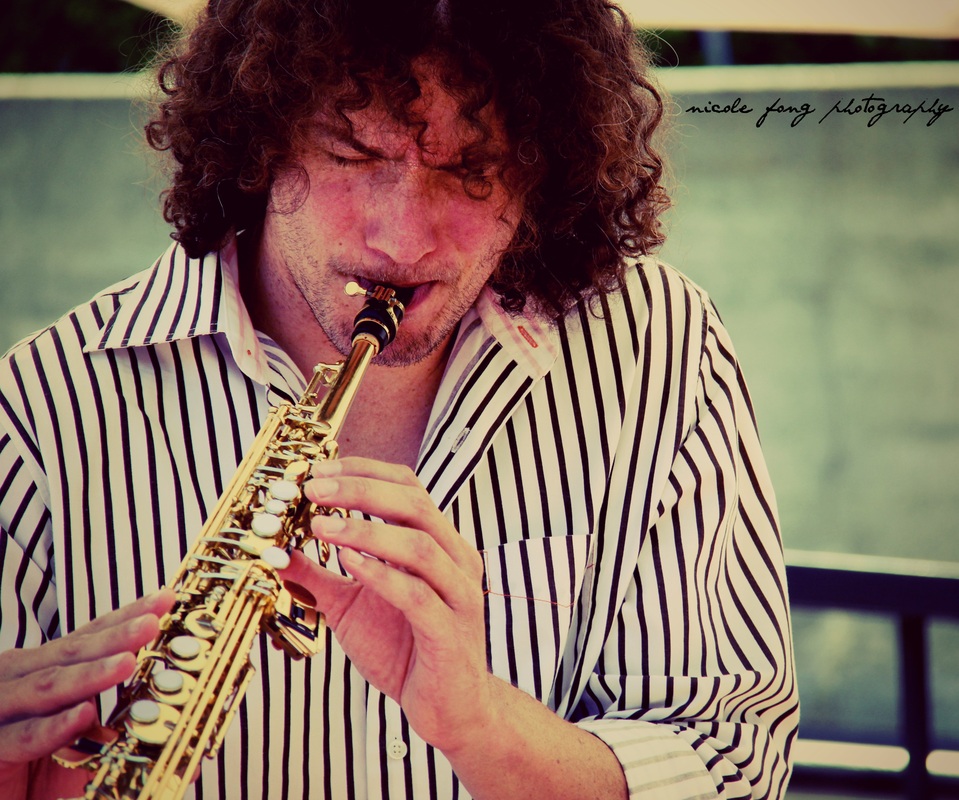
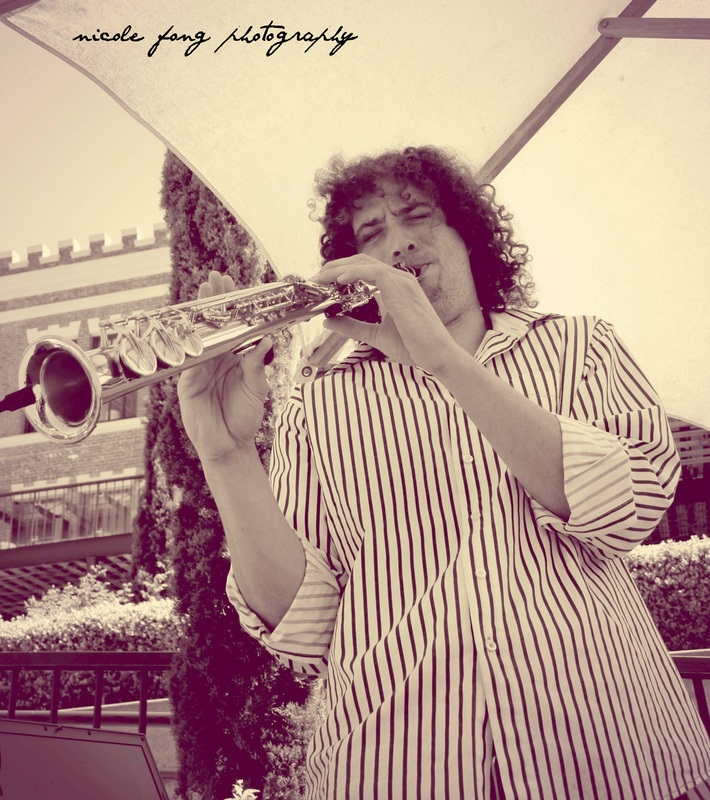
 RSS Feed
RSS Feed
